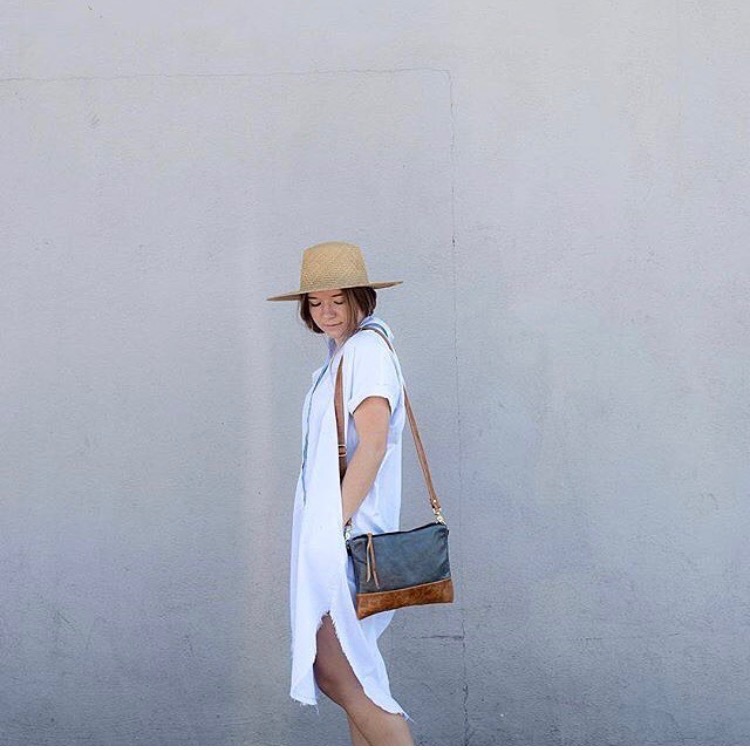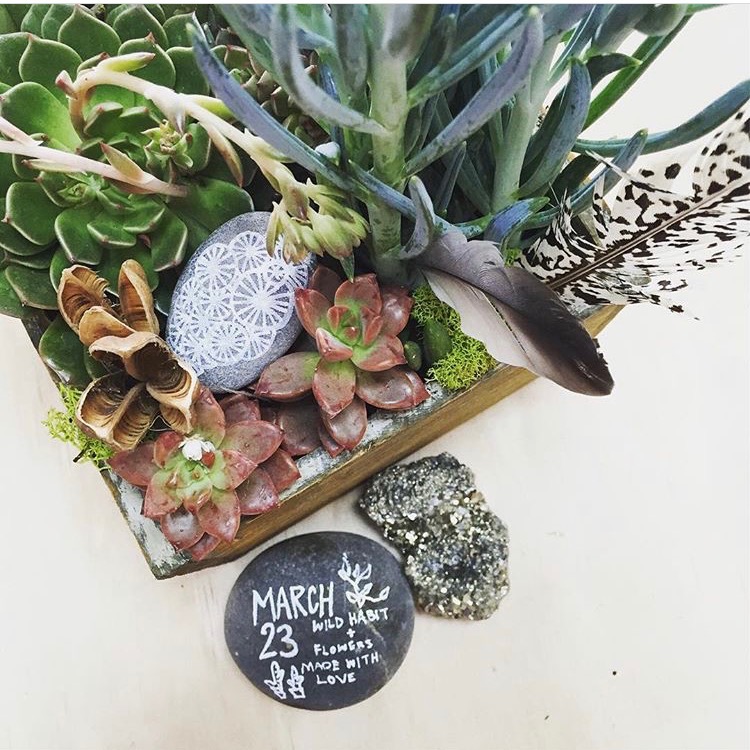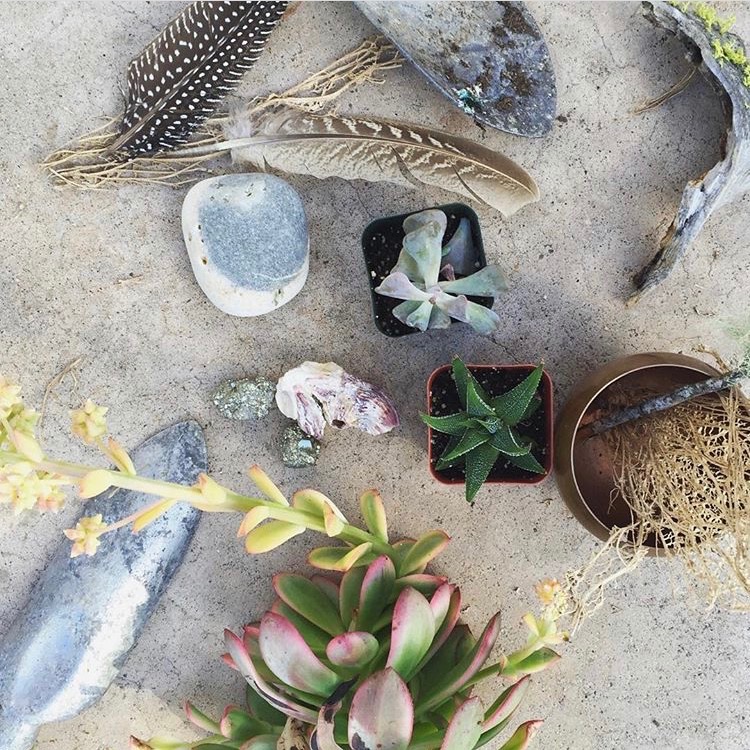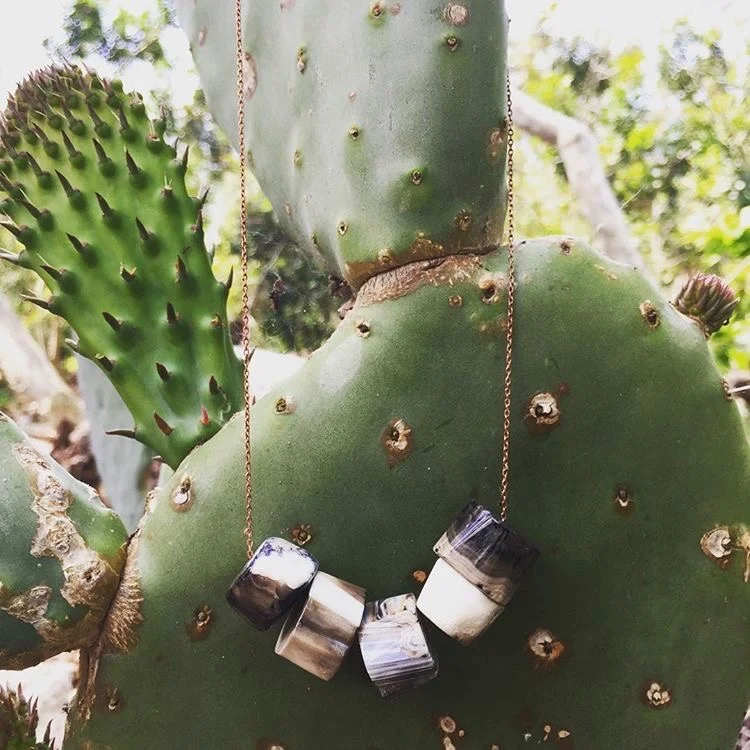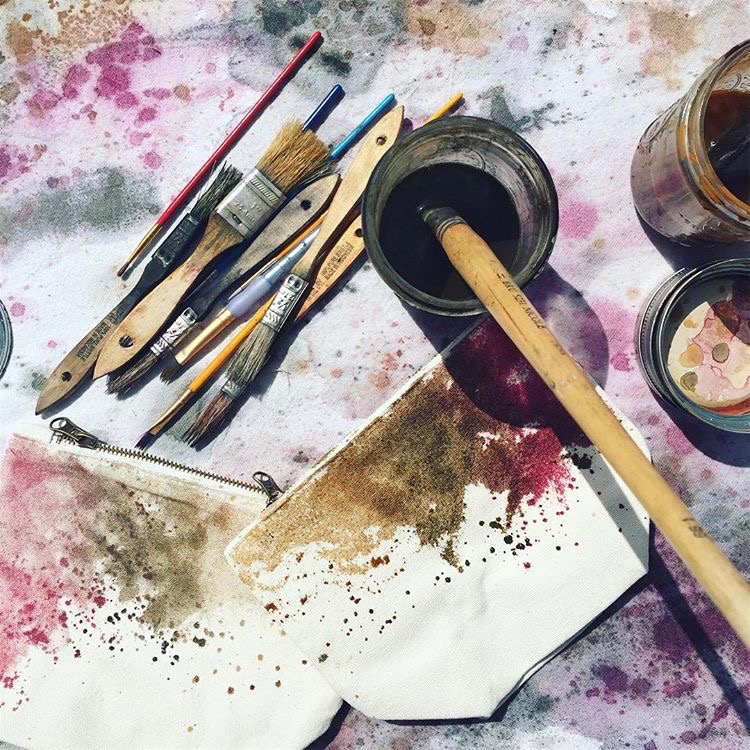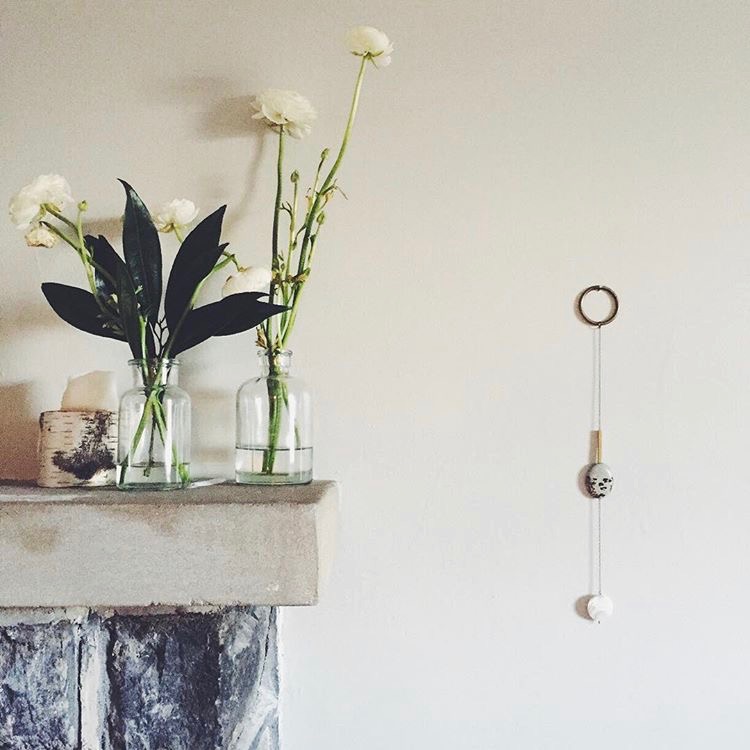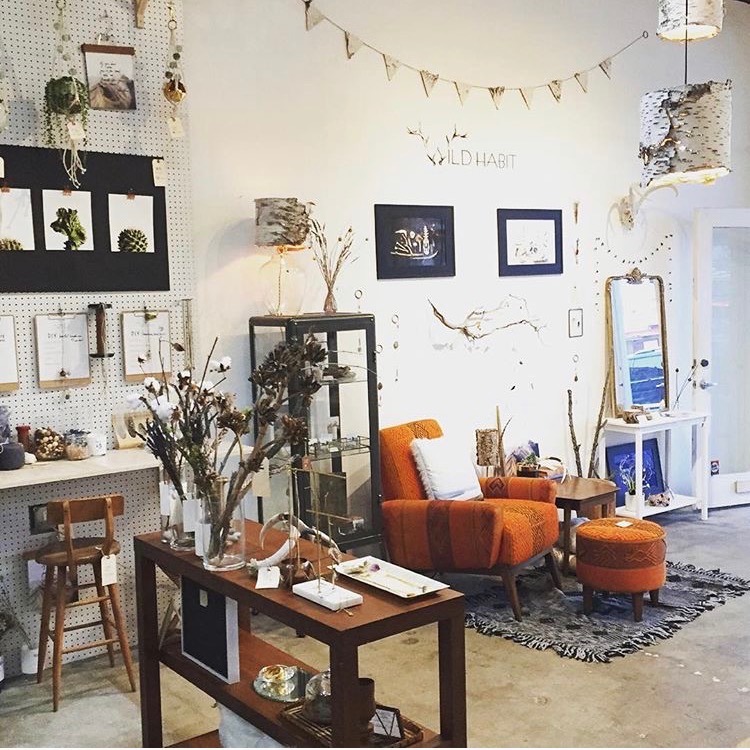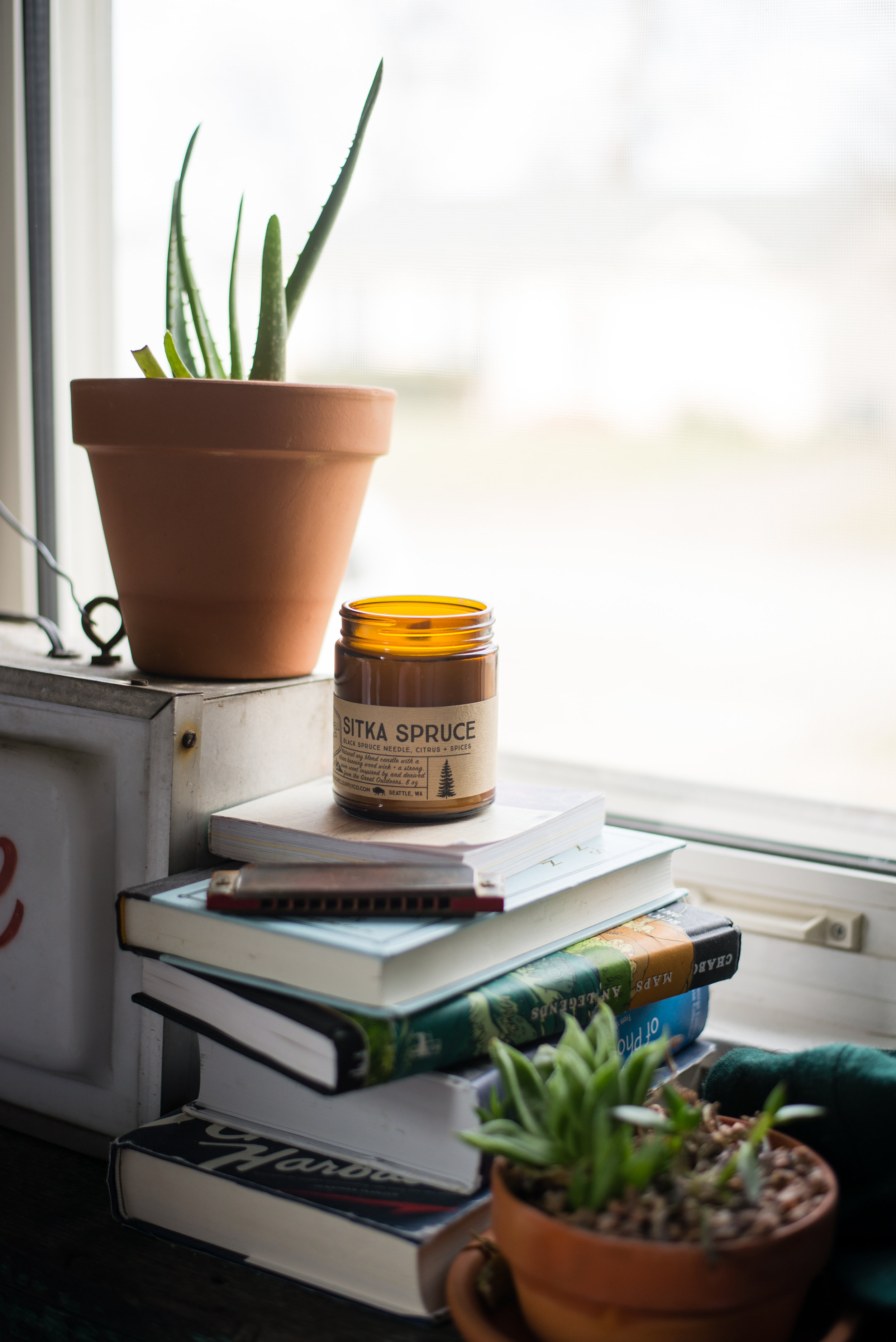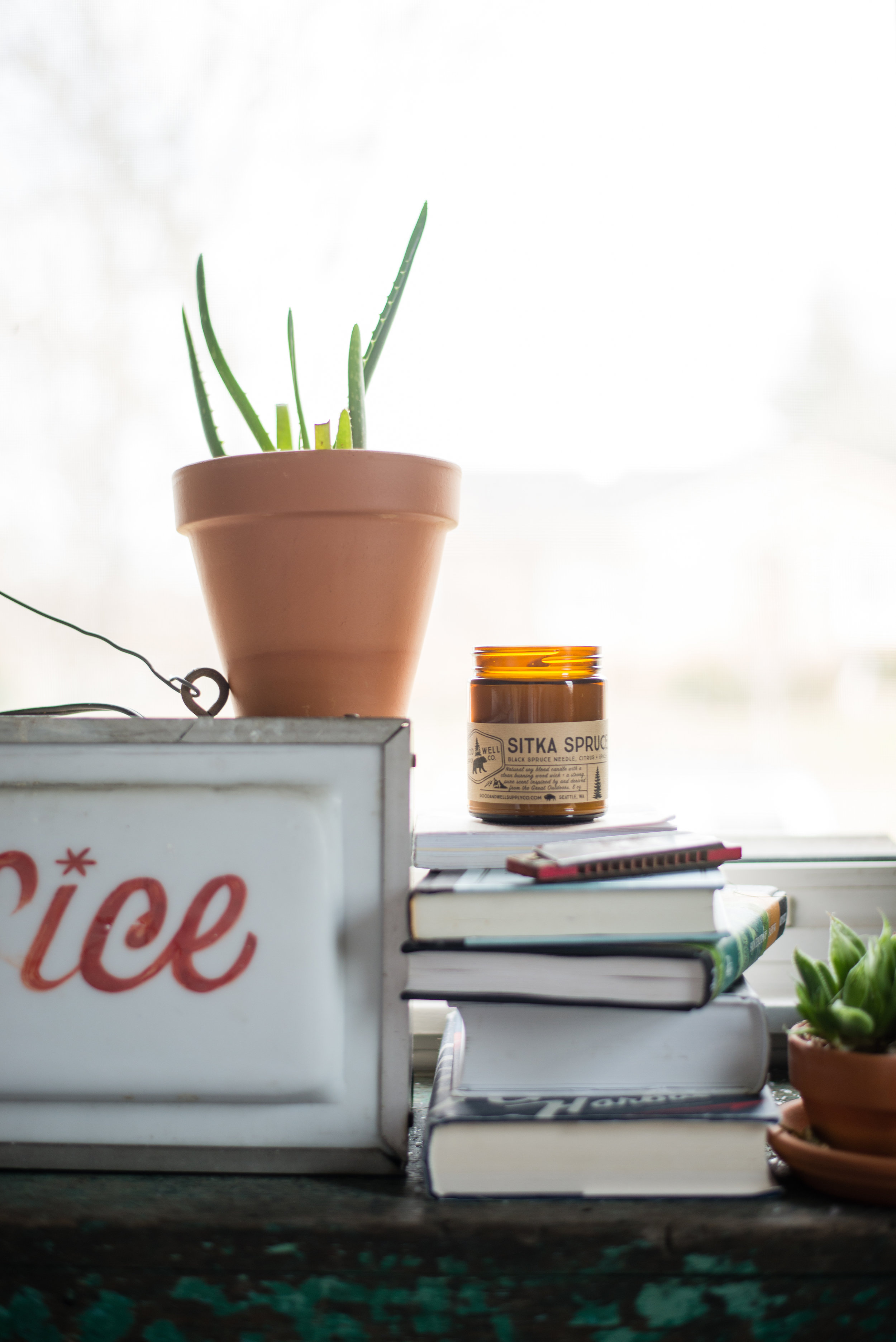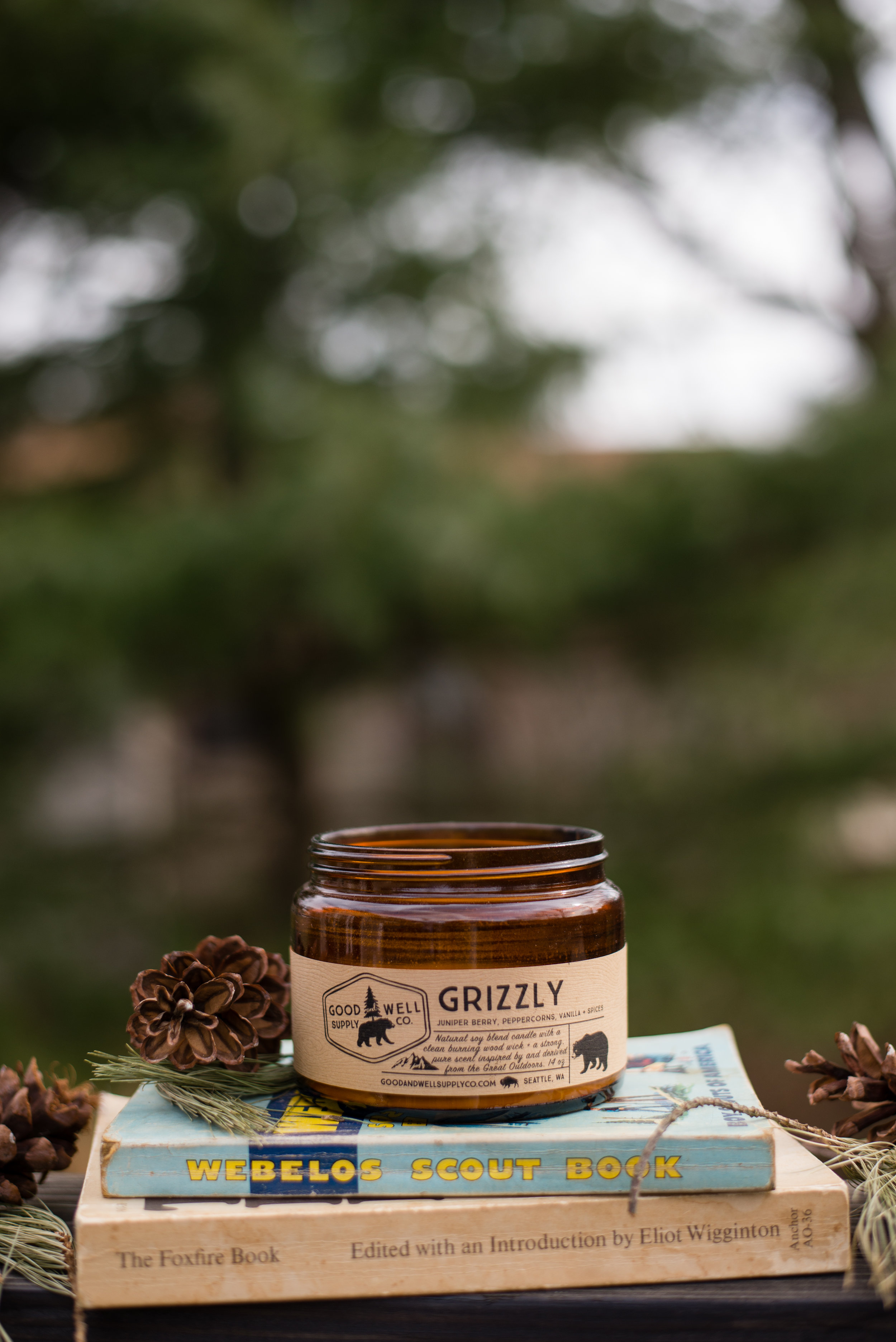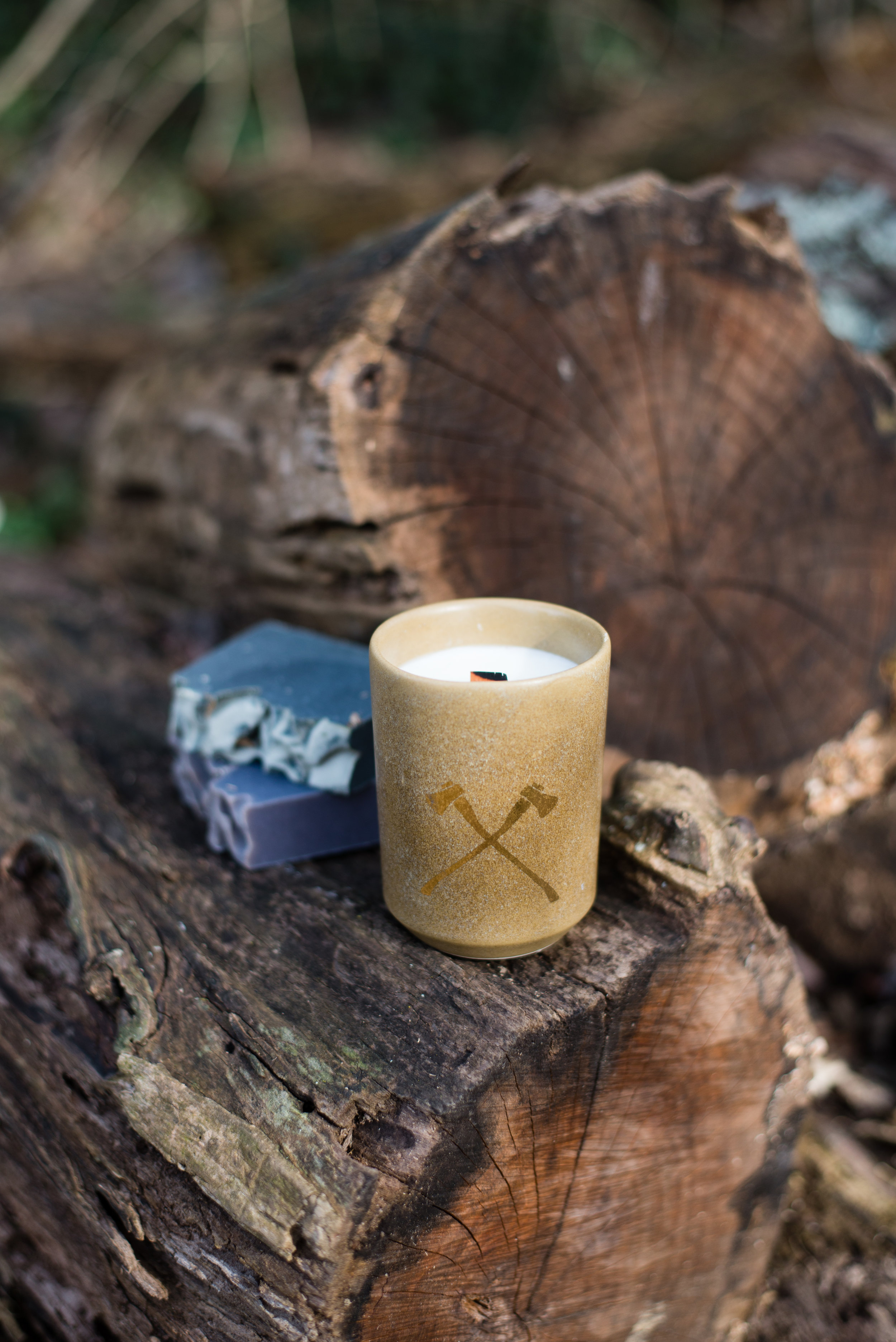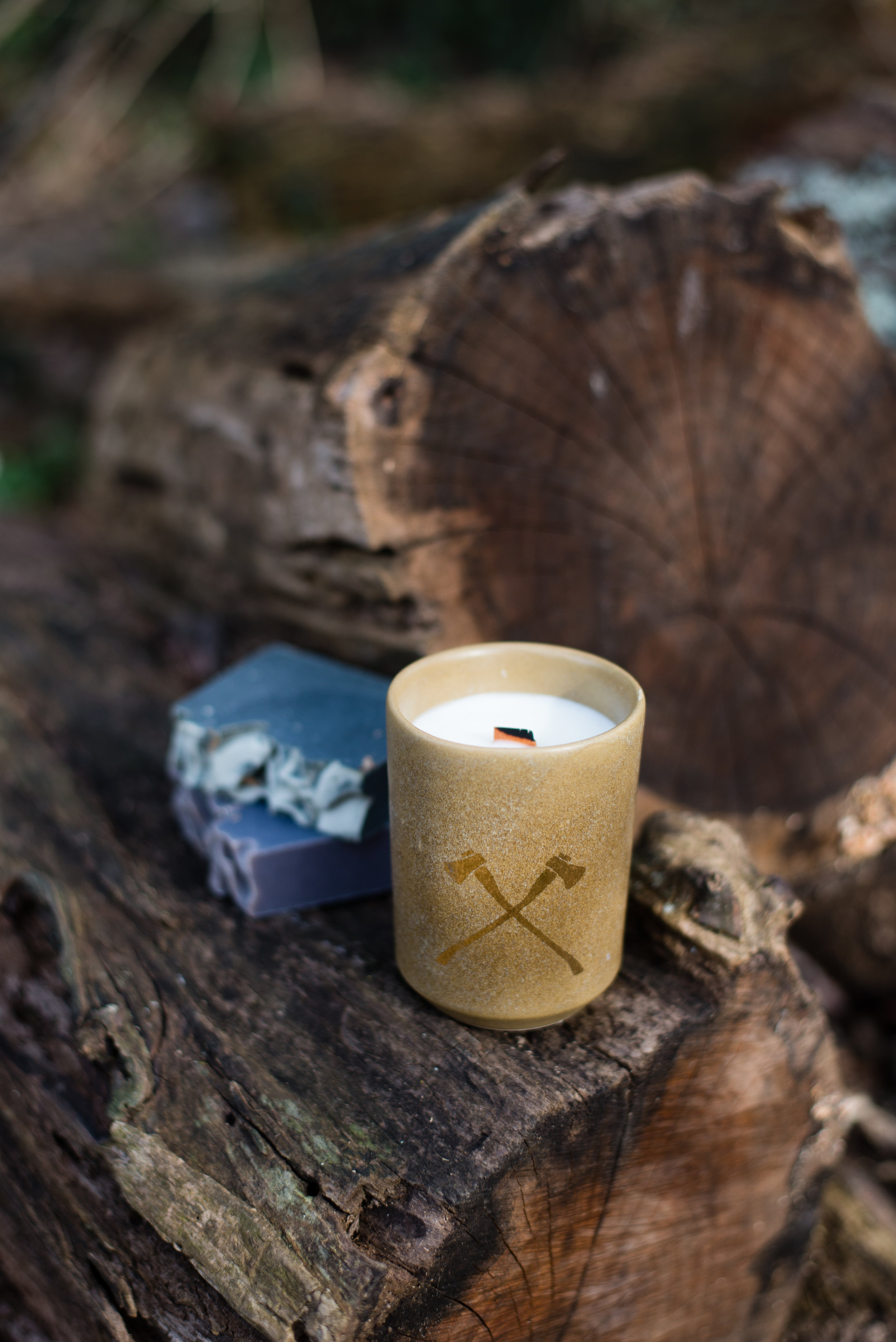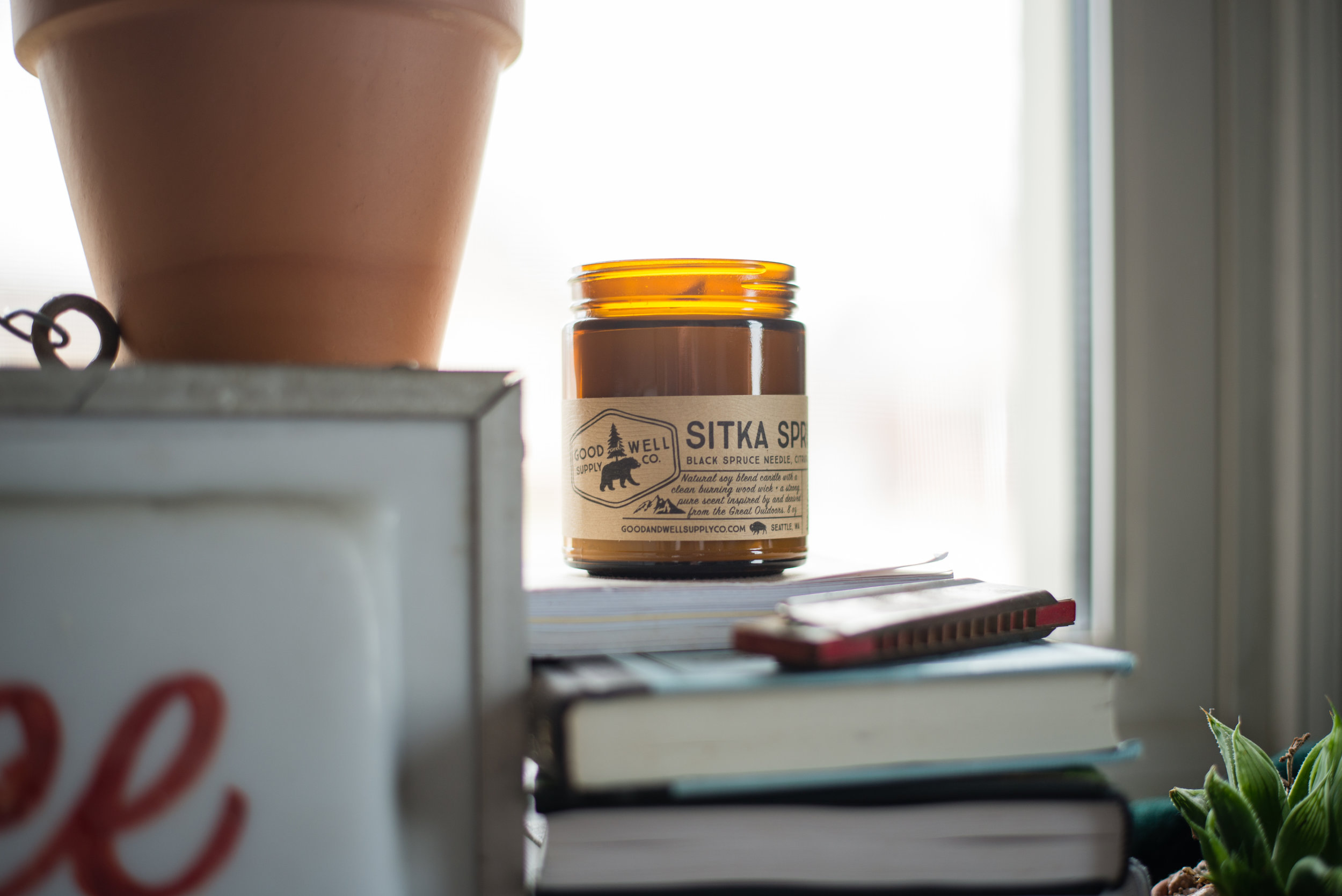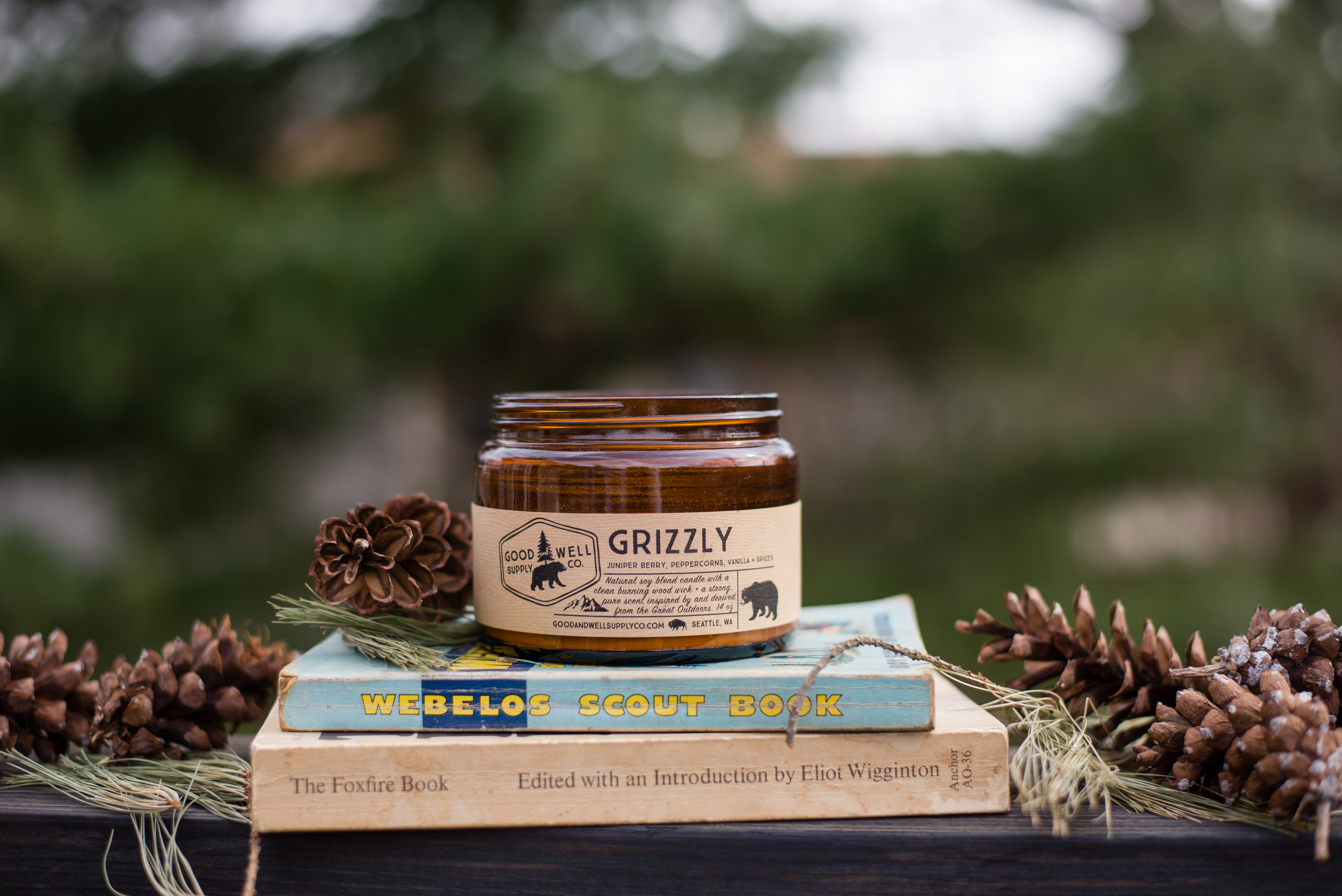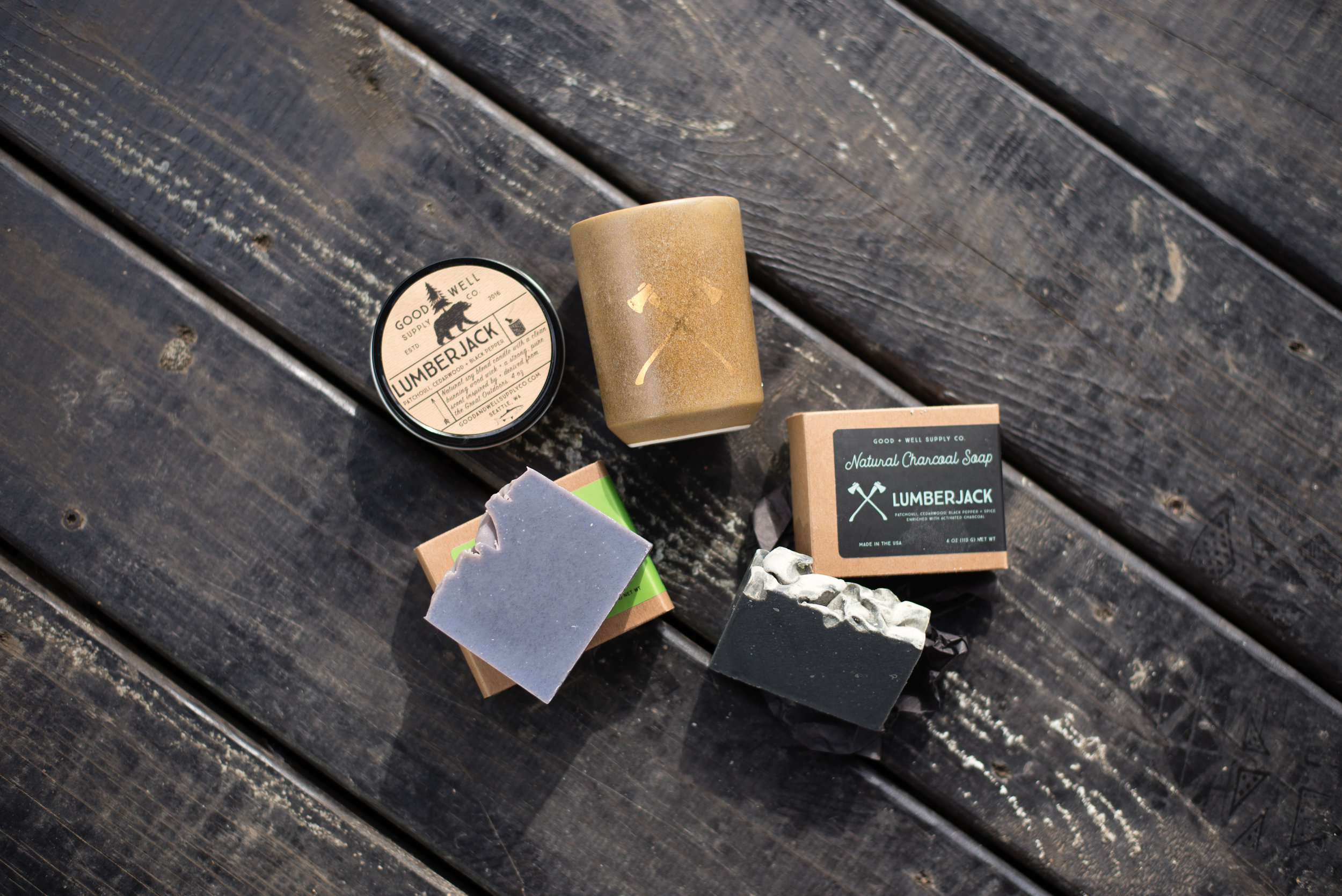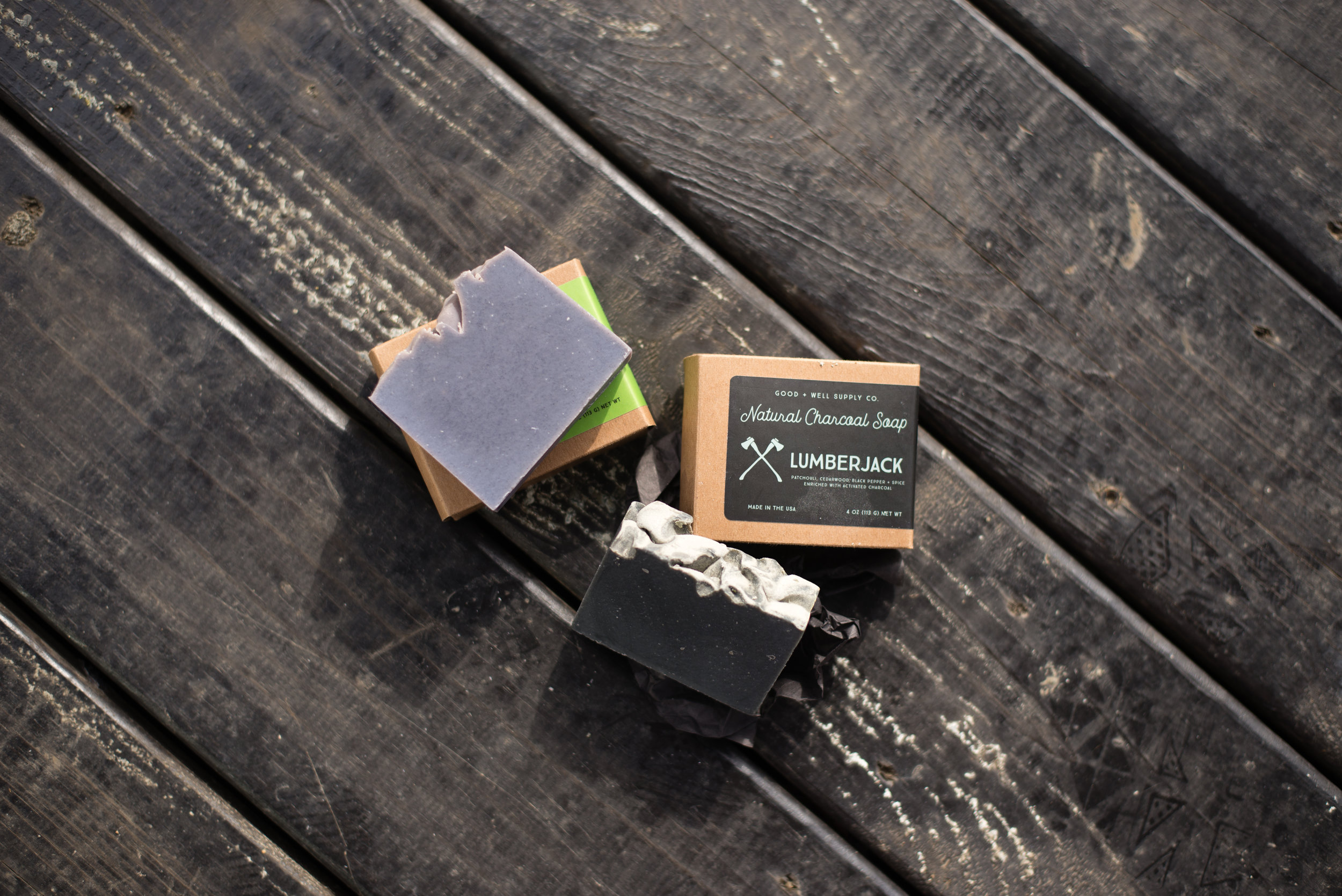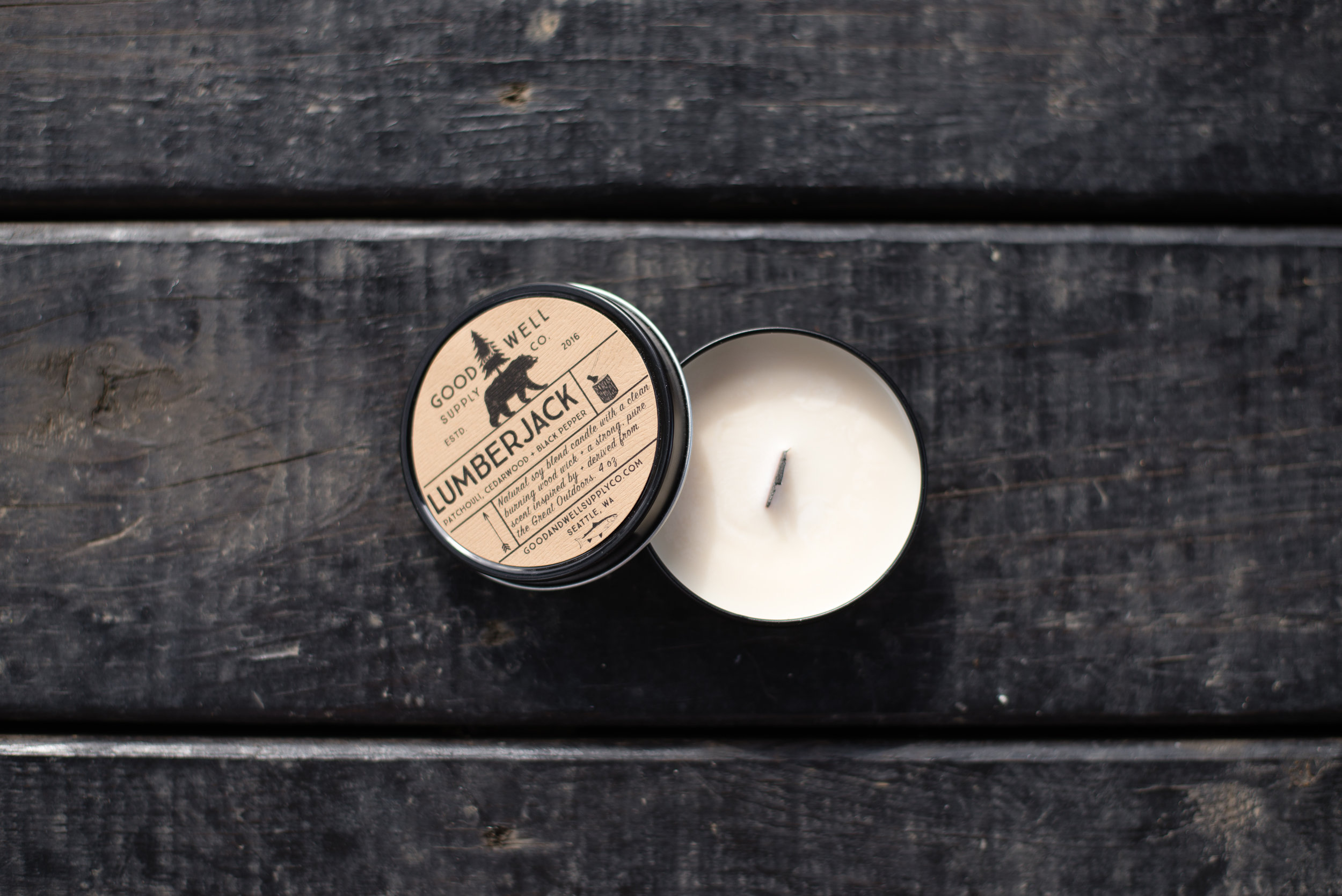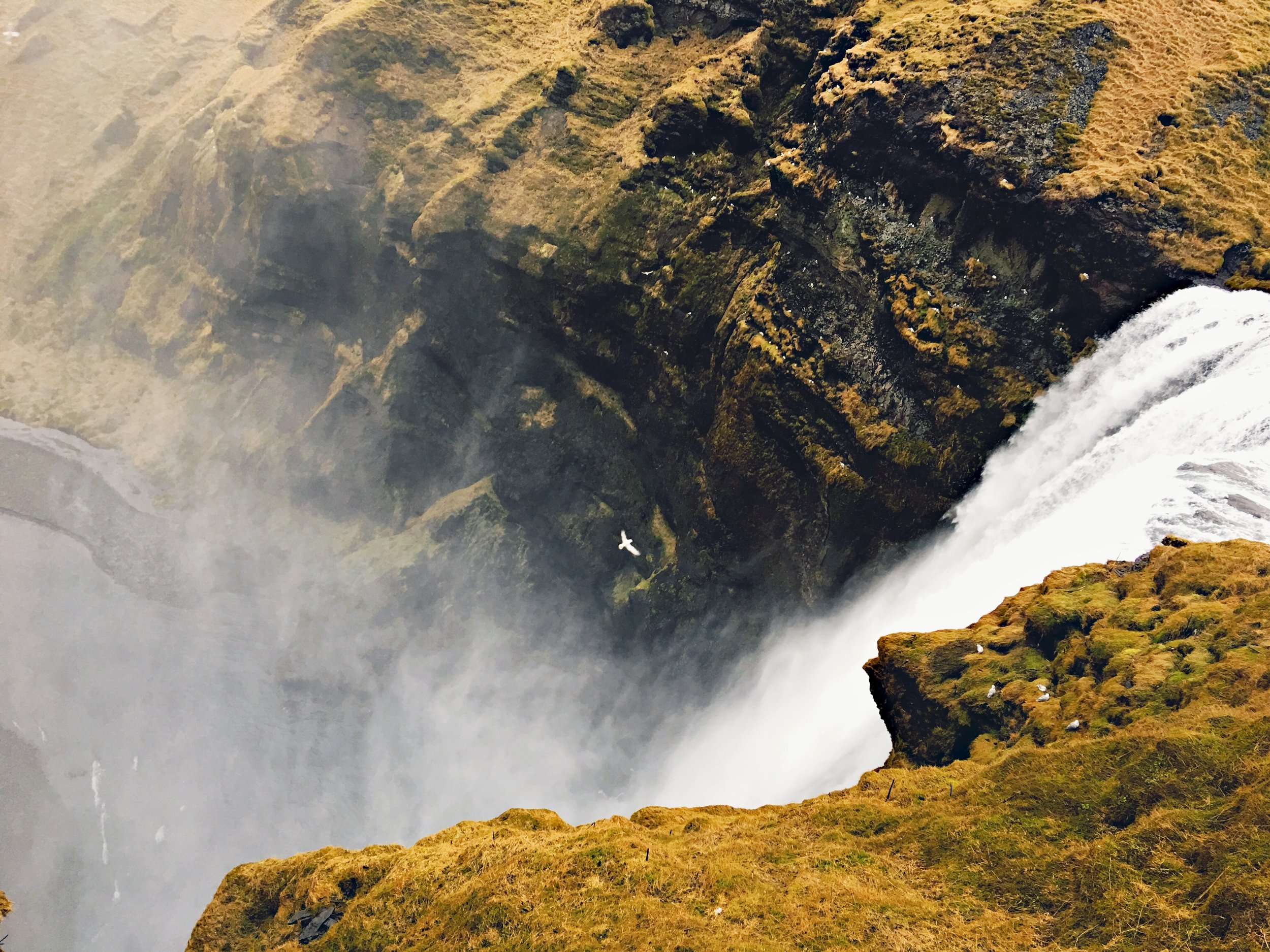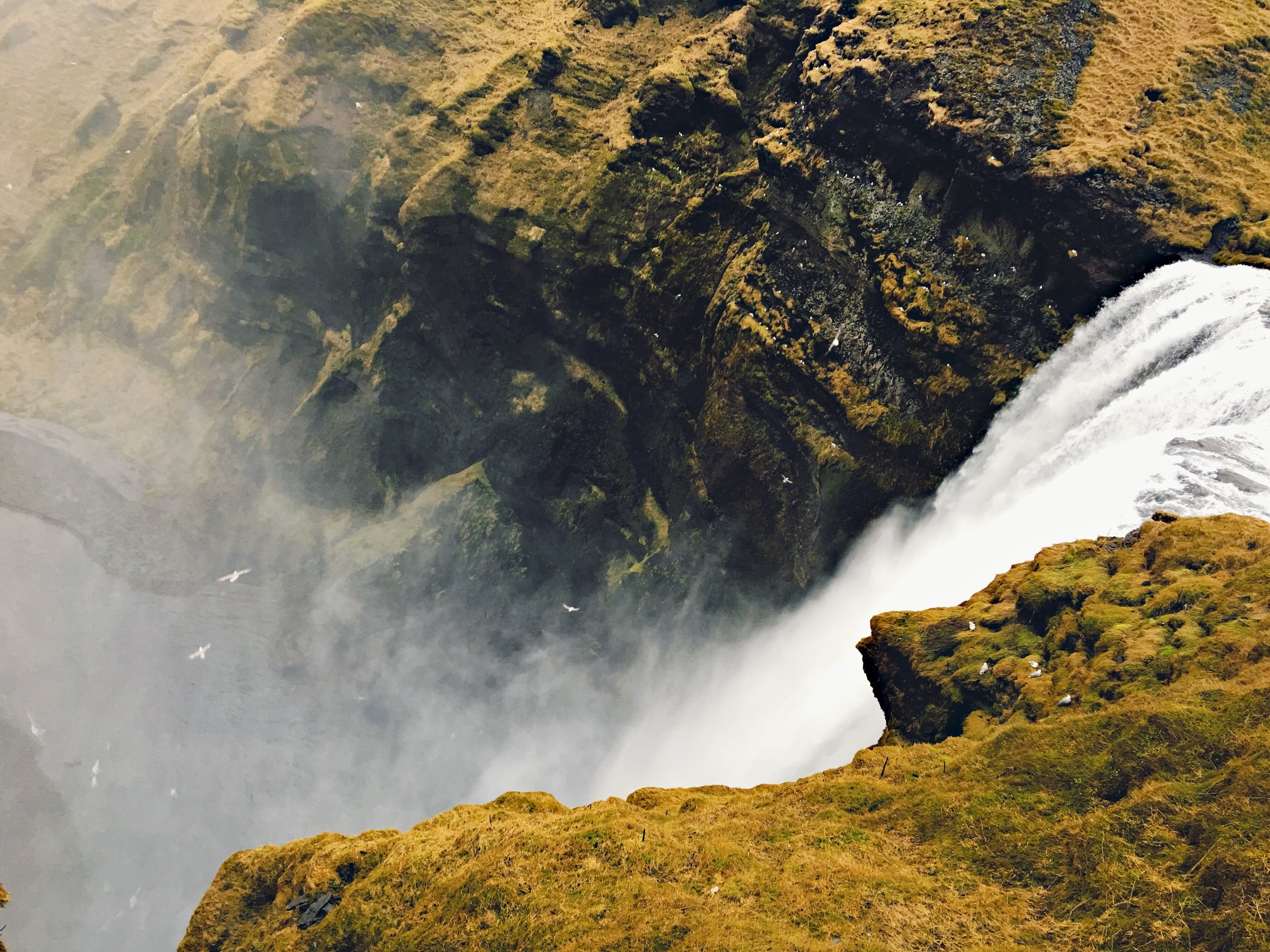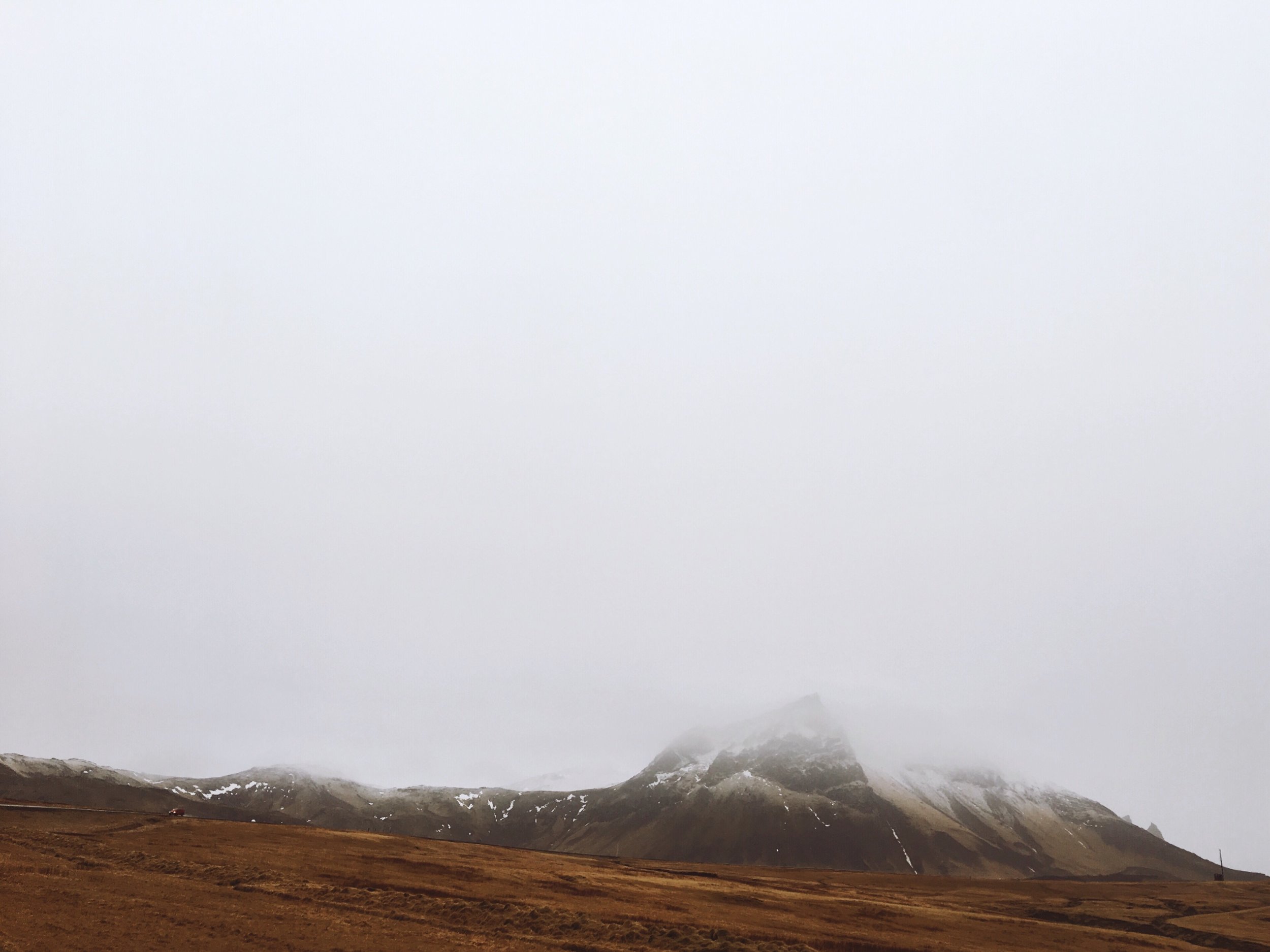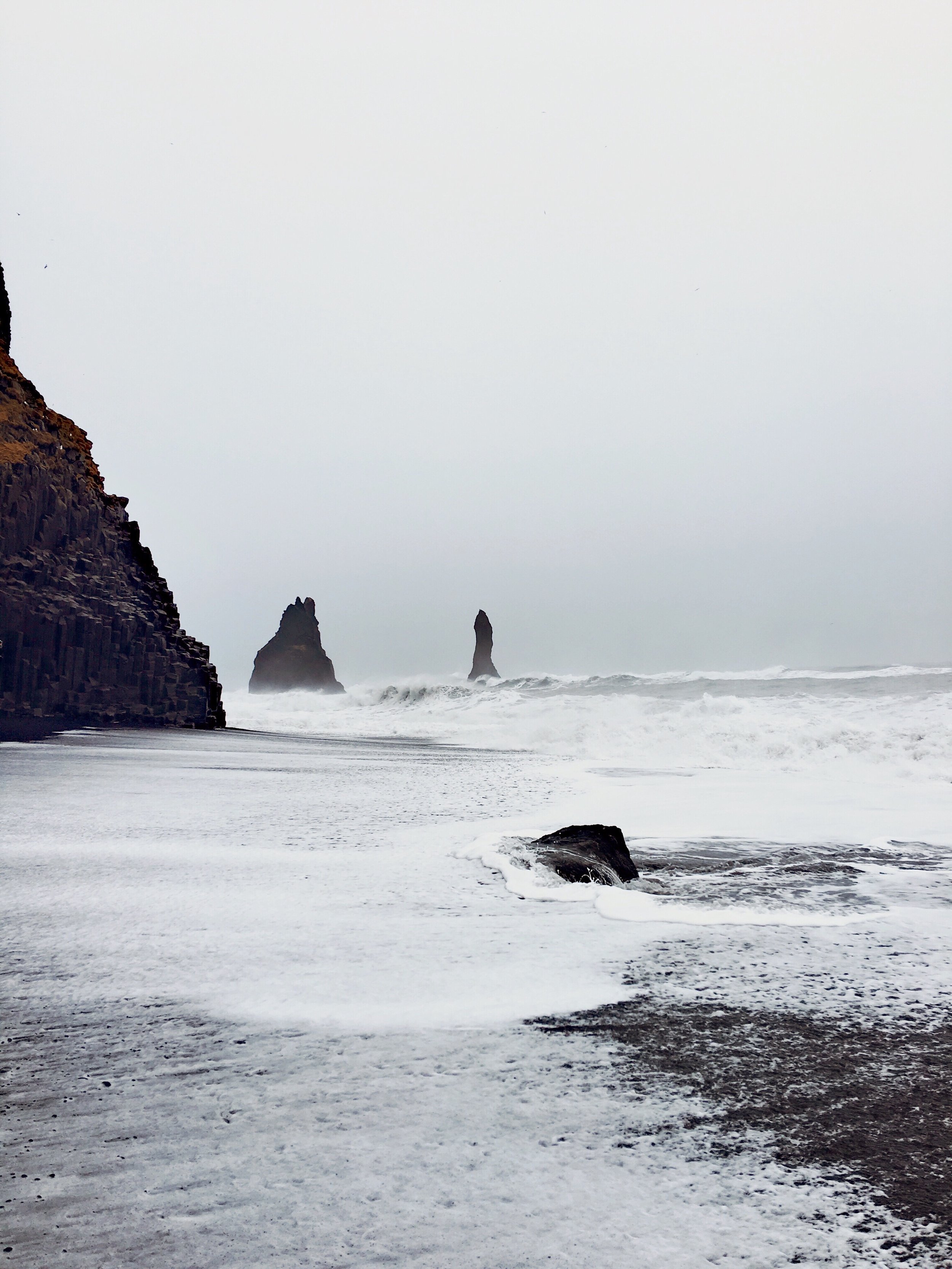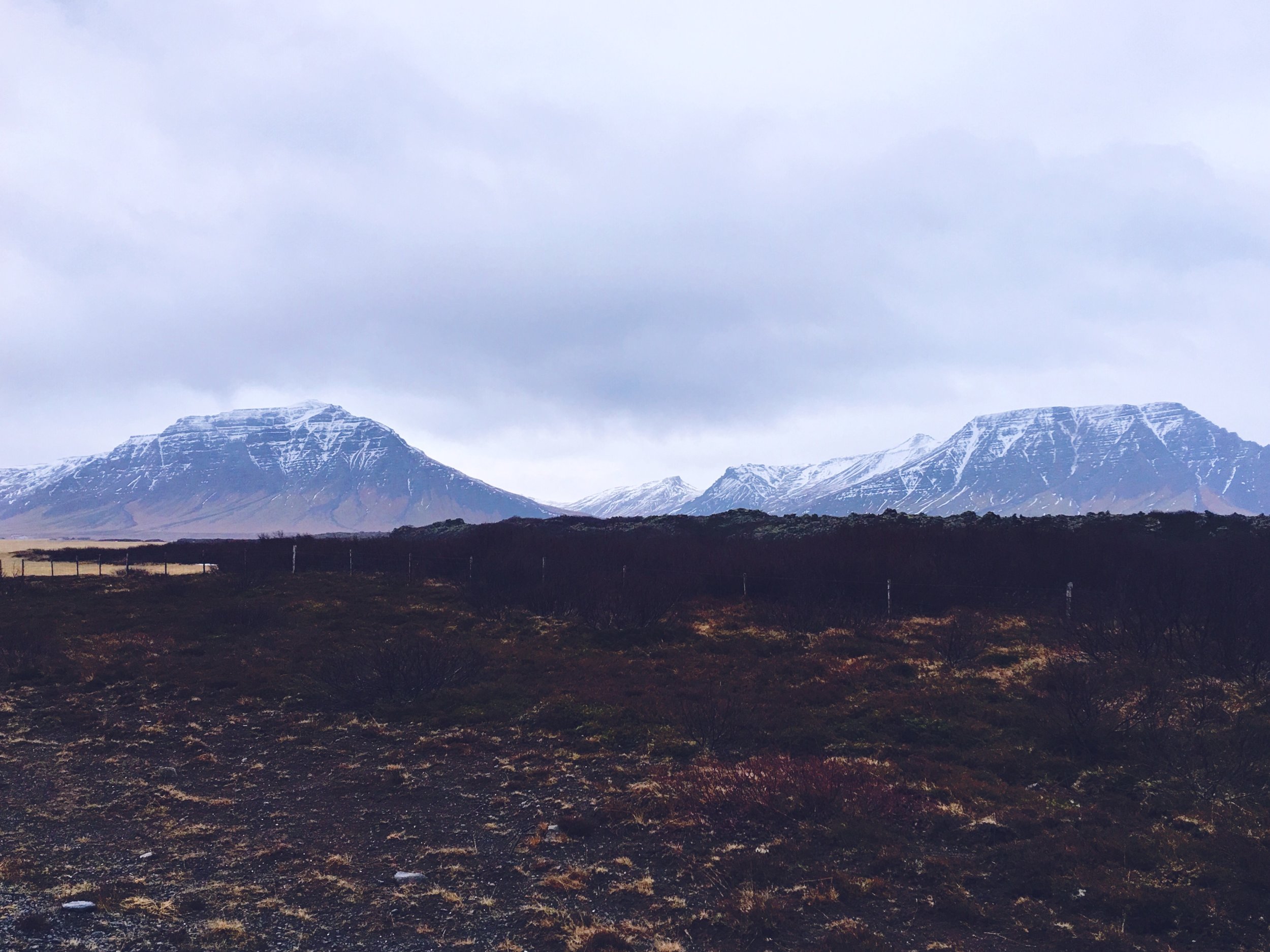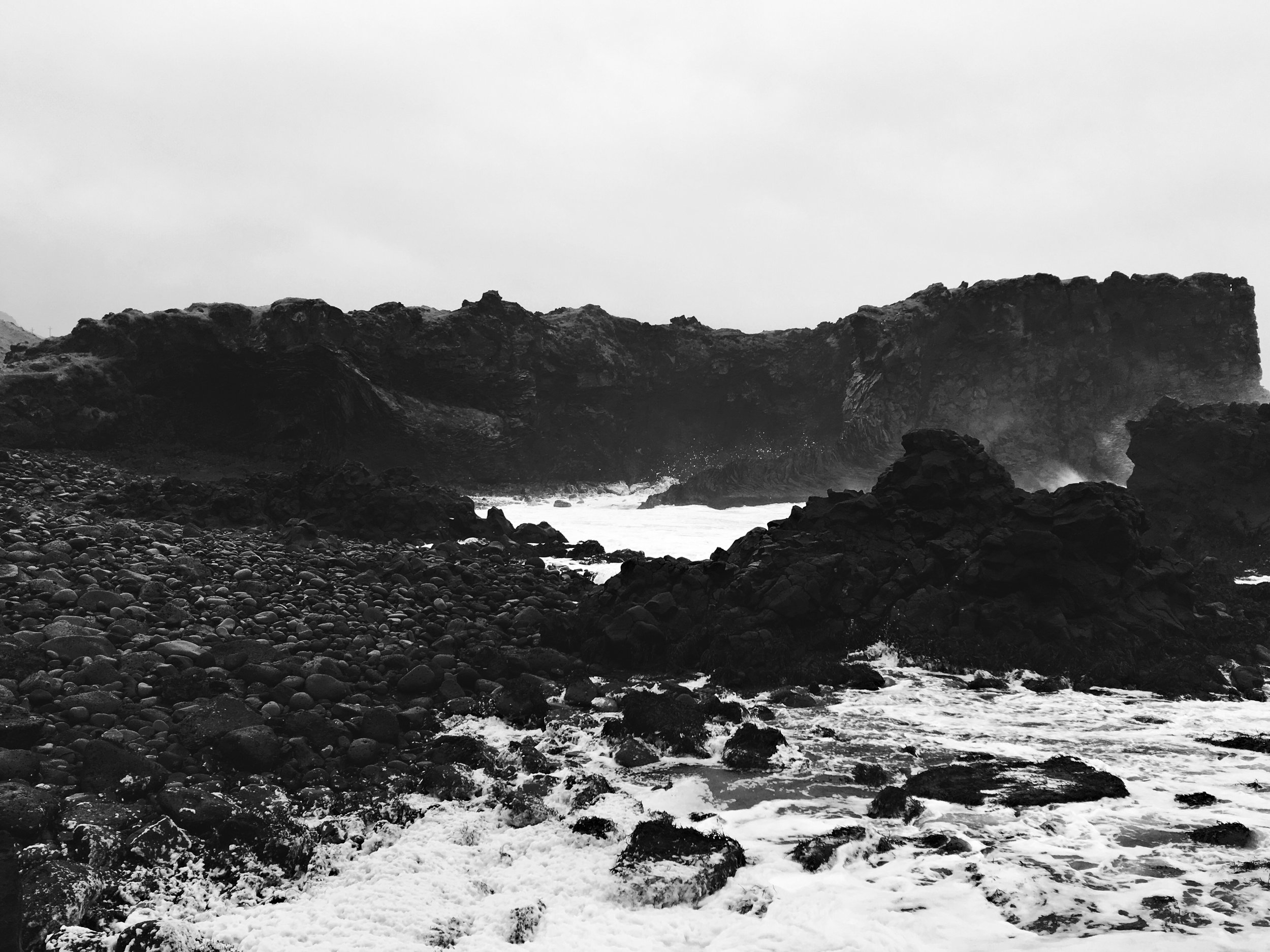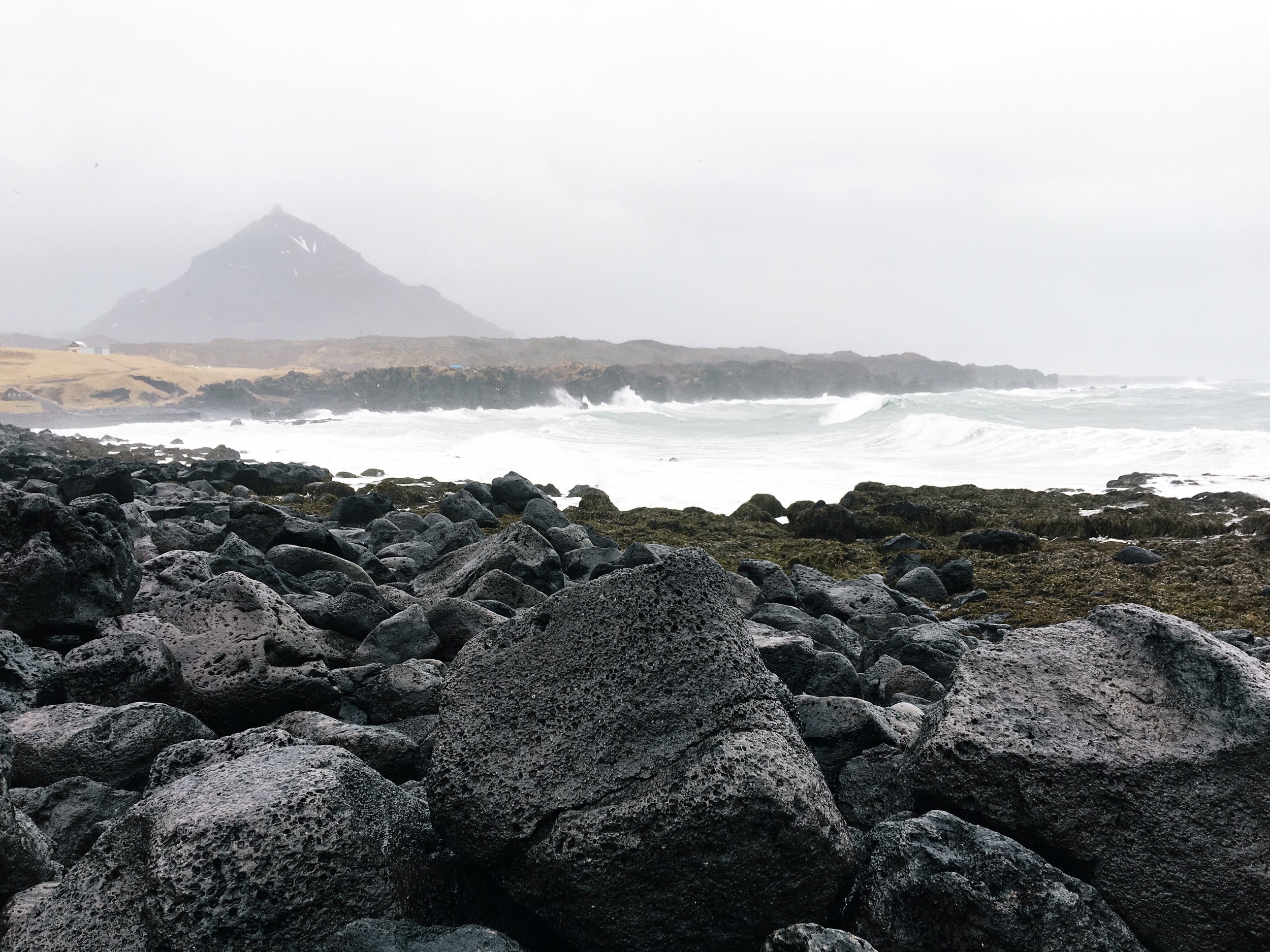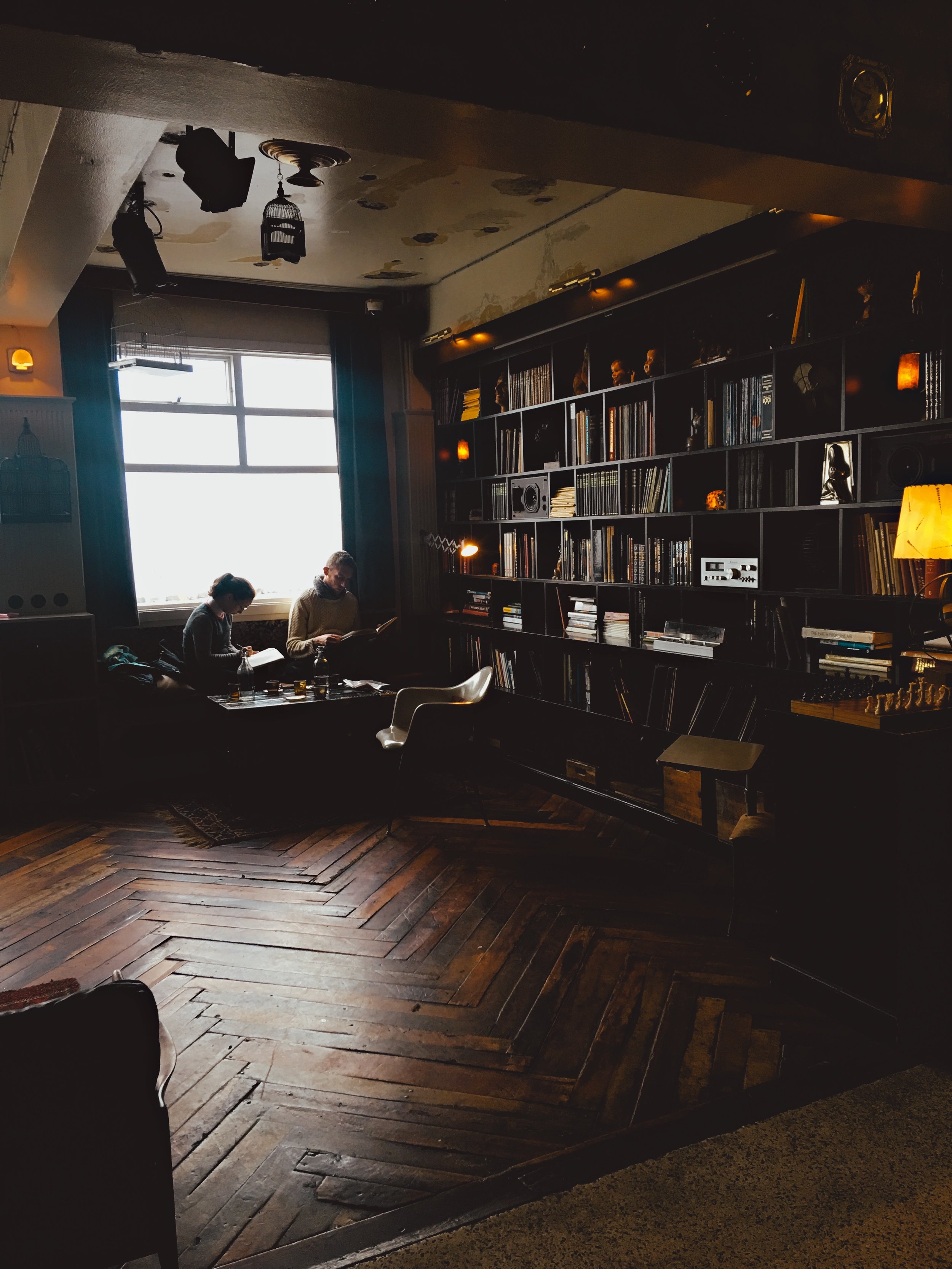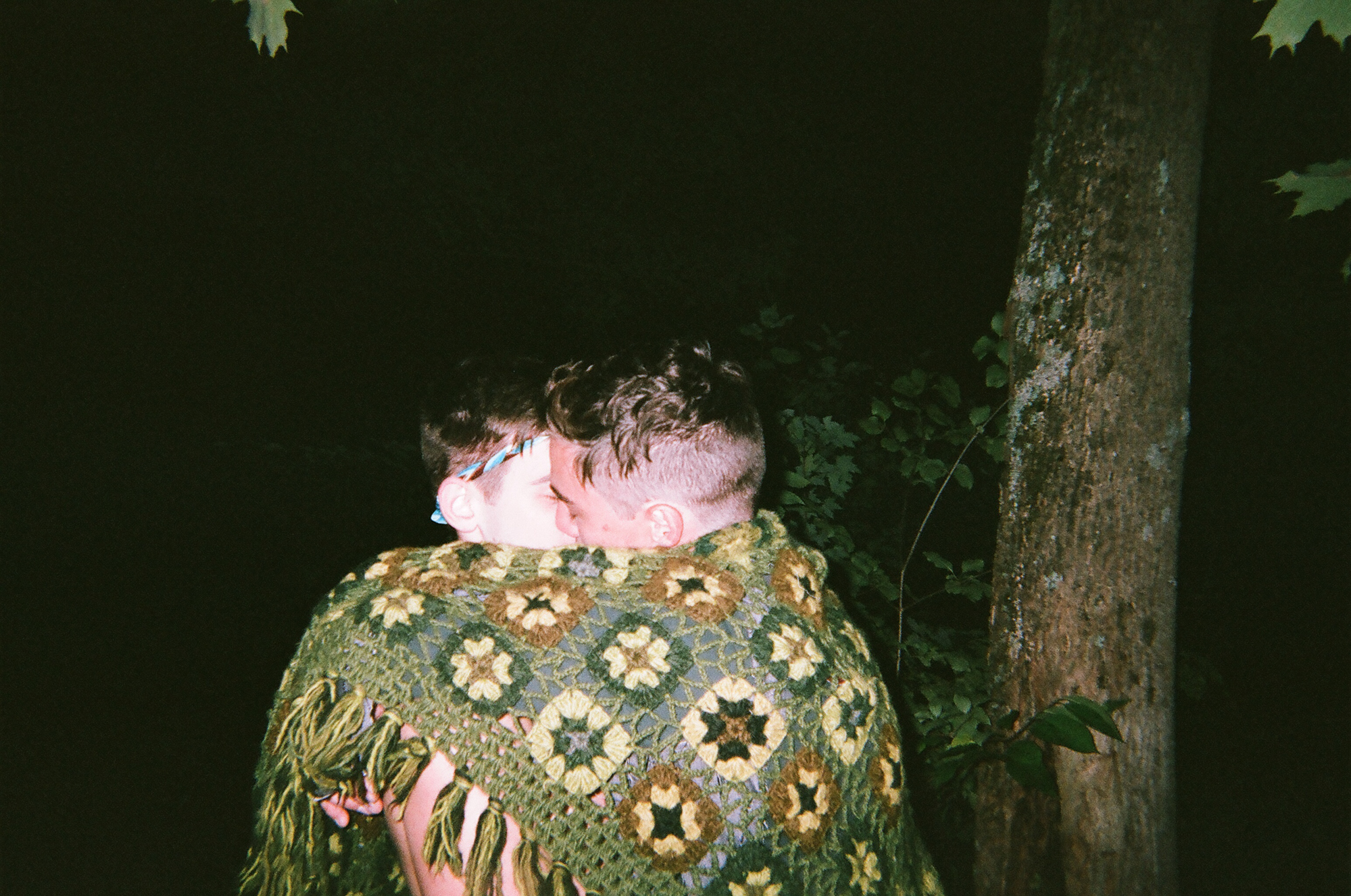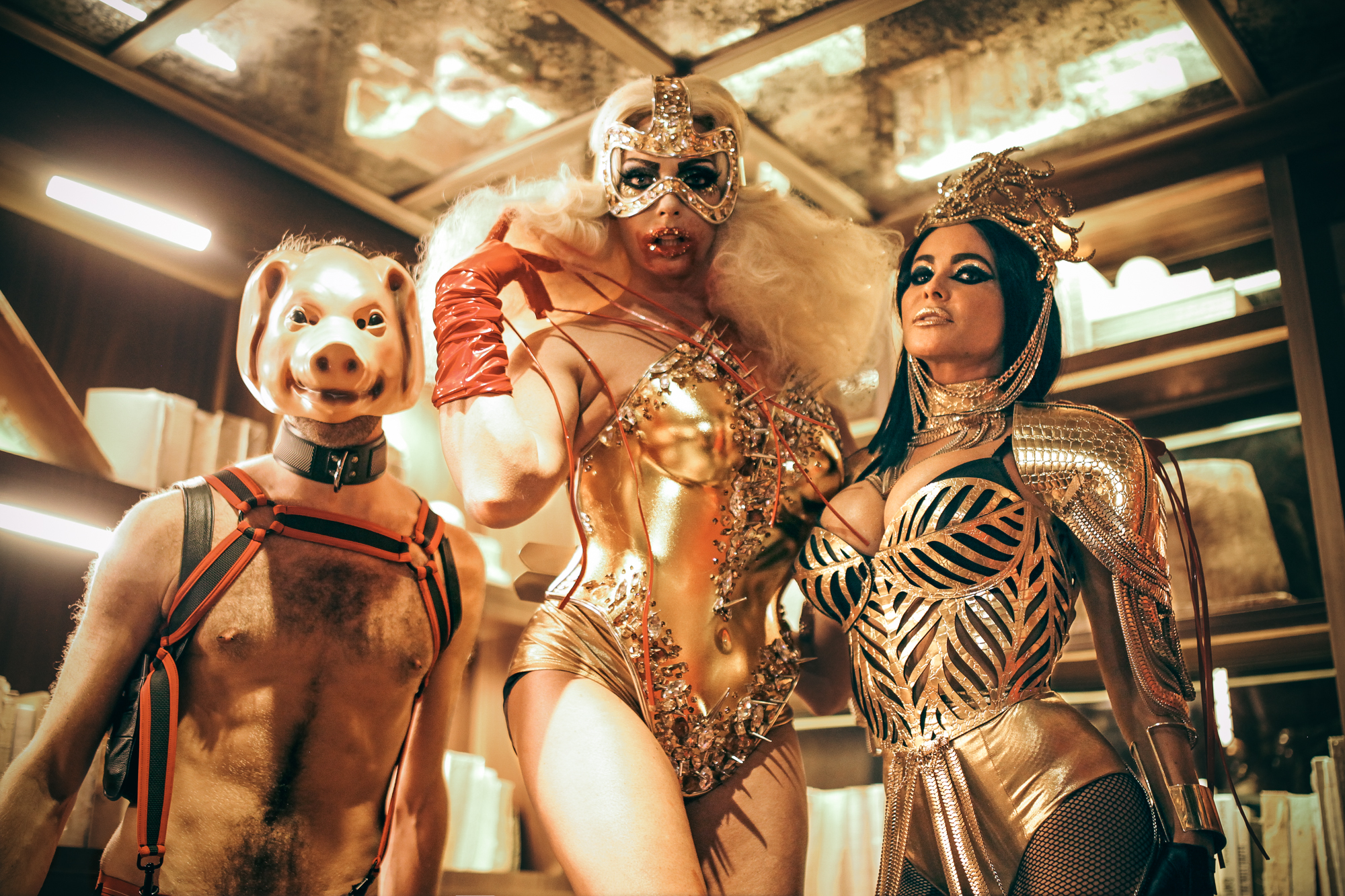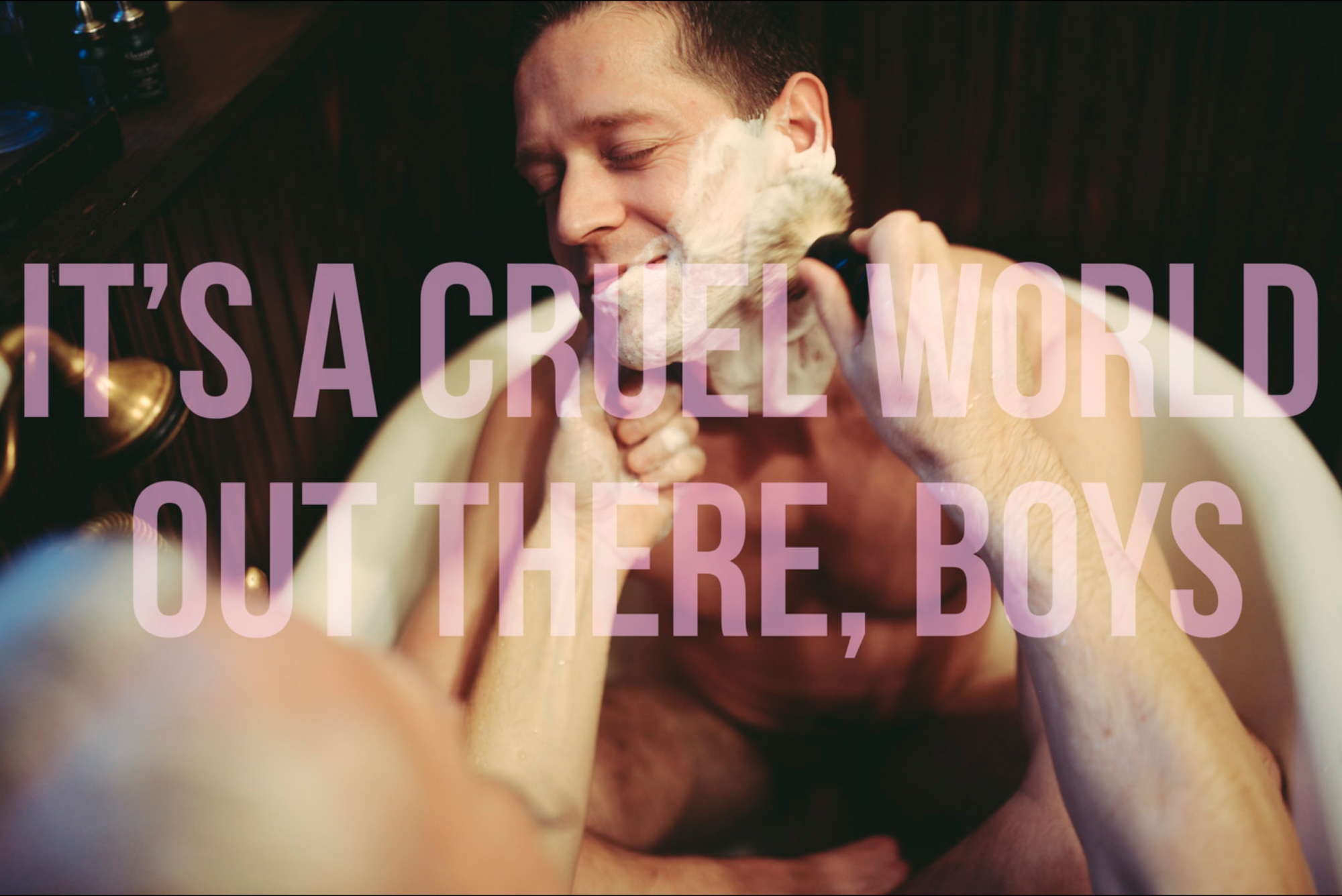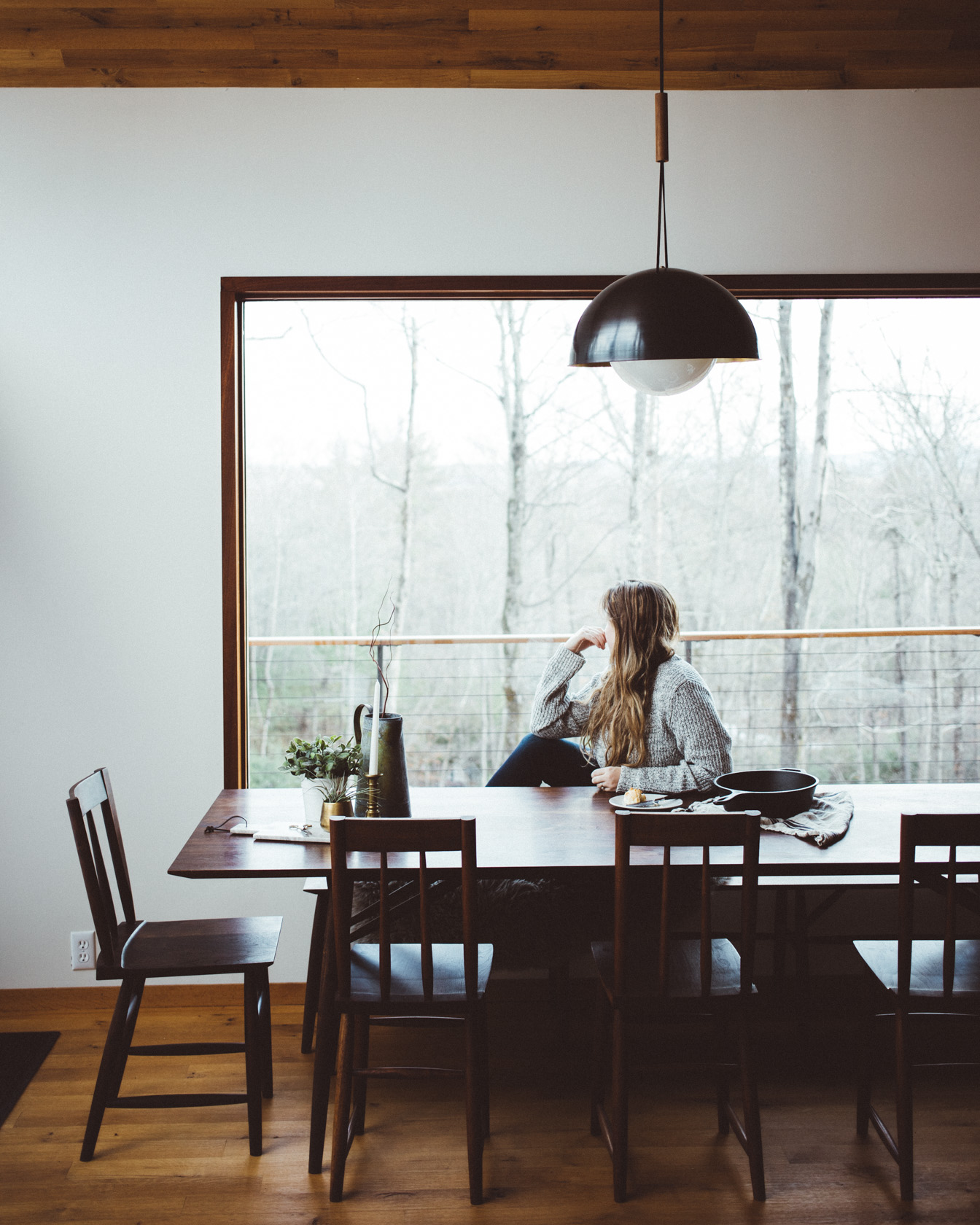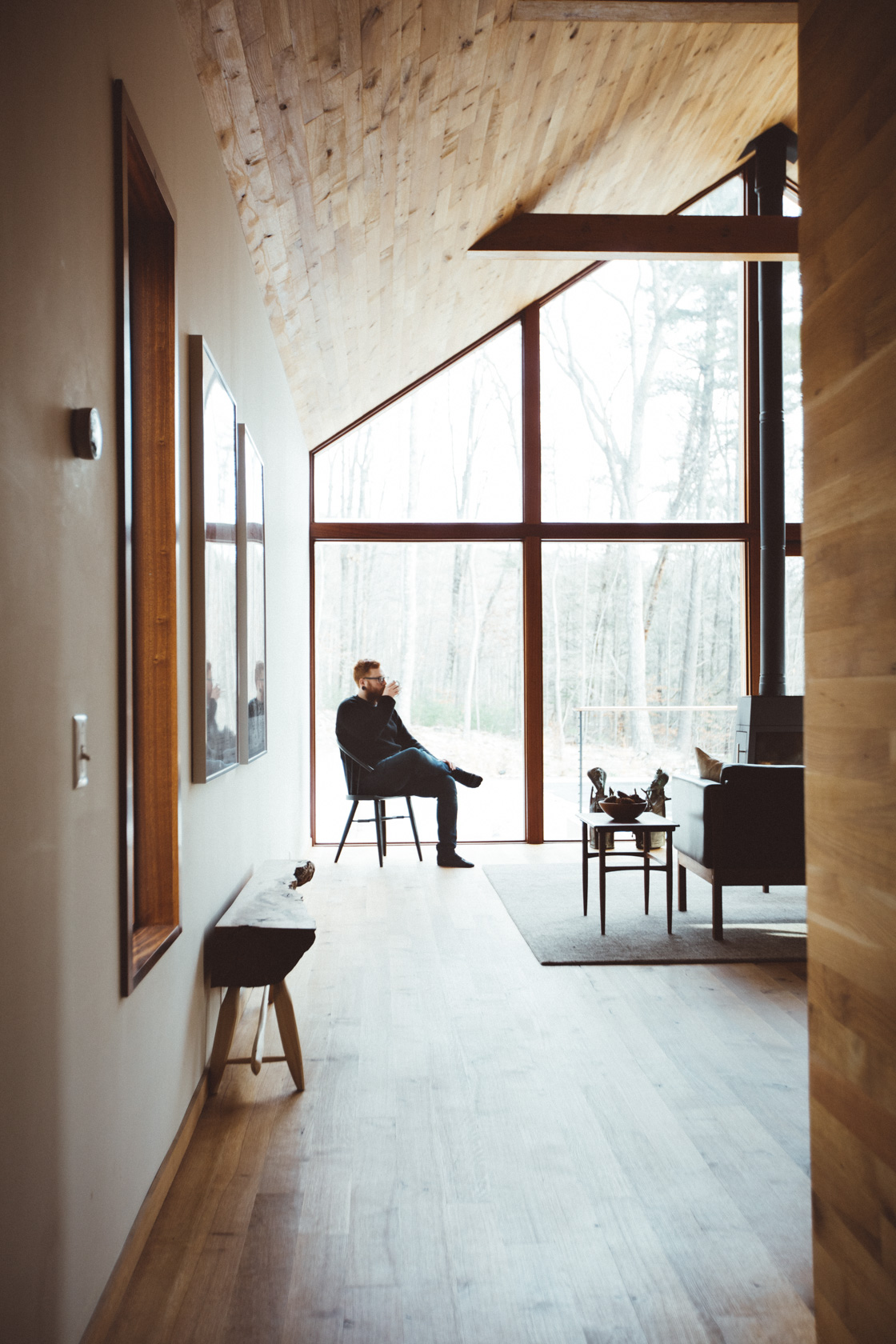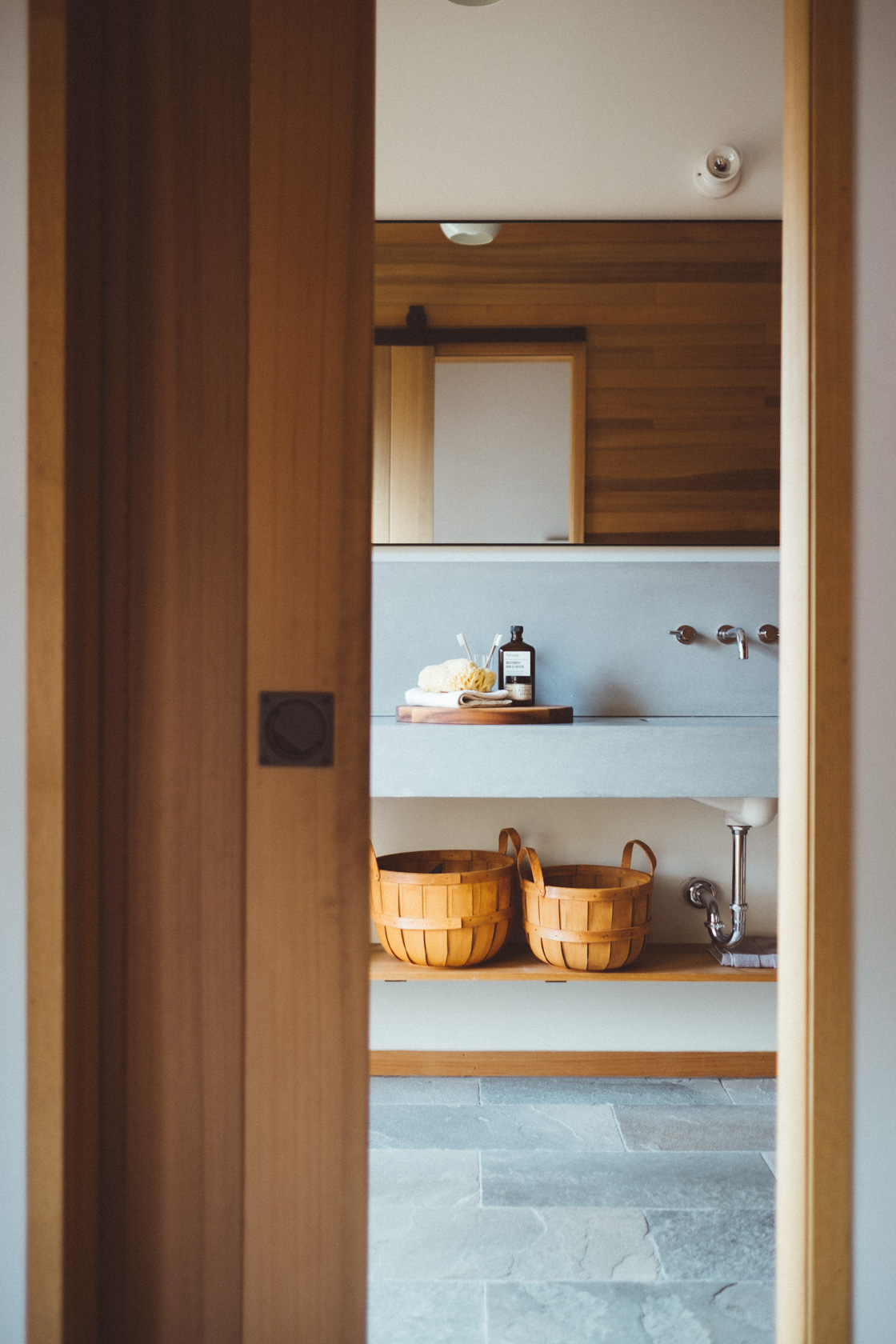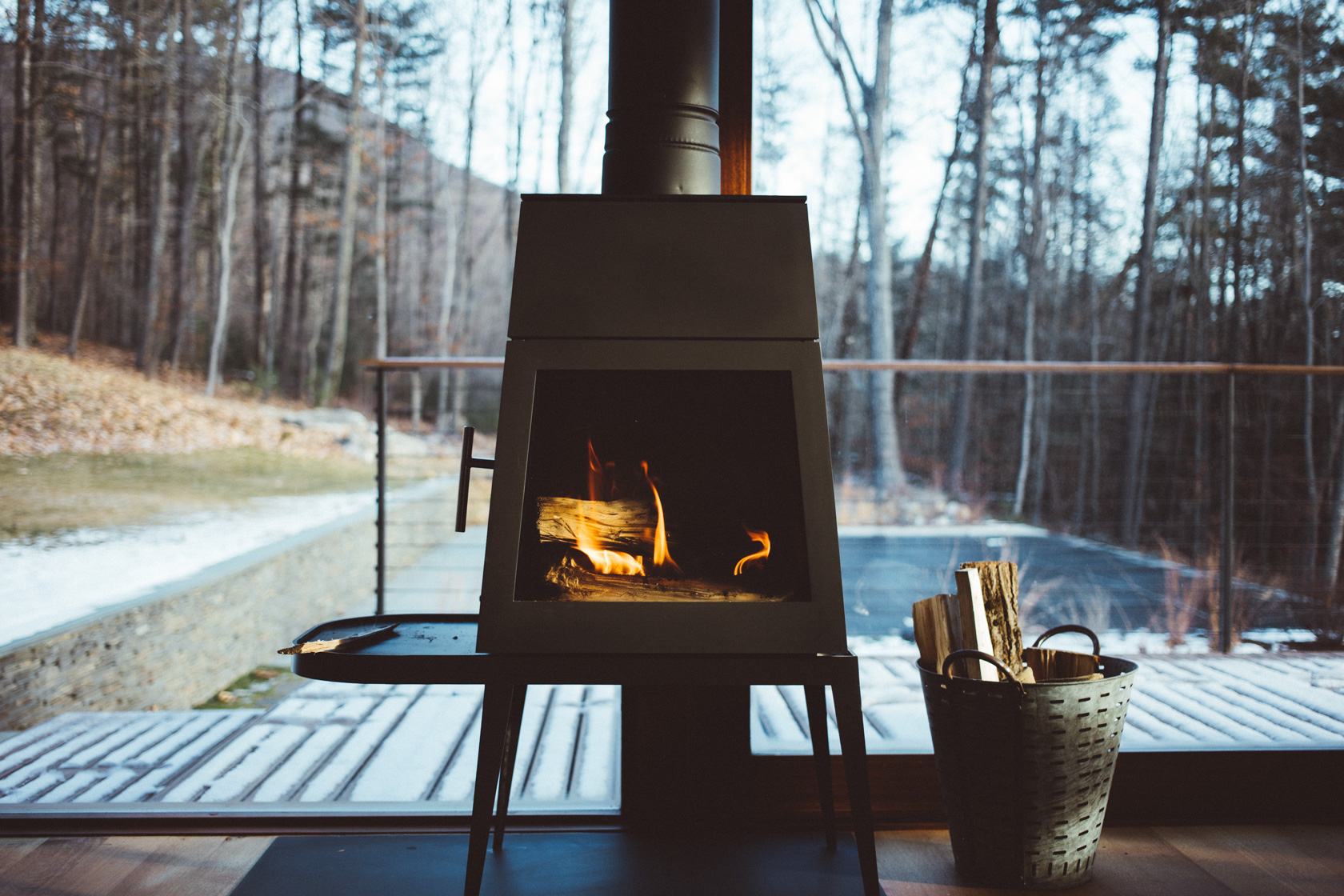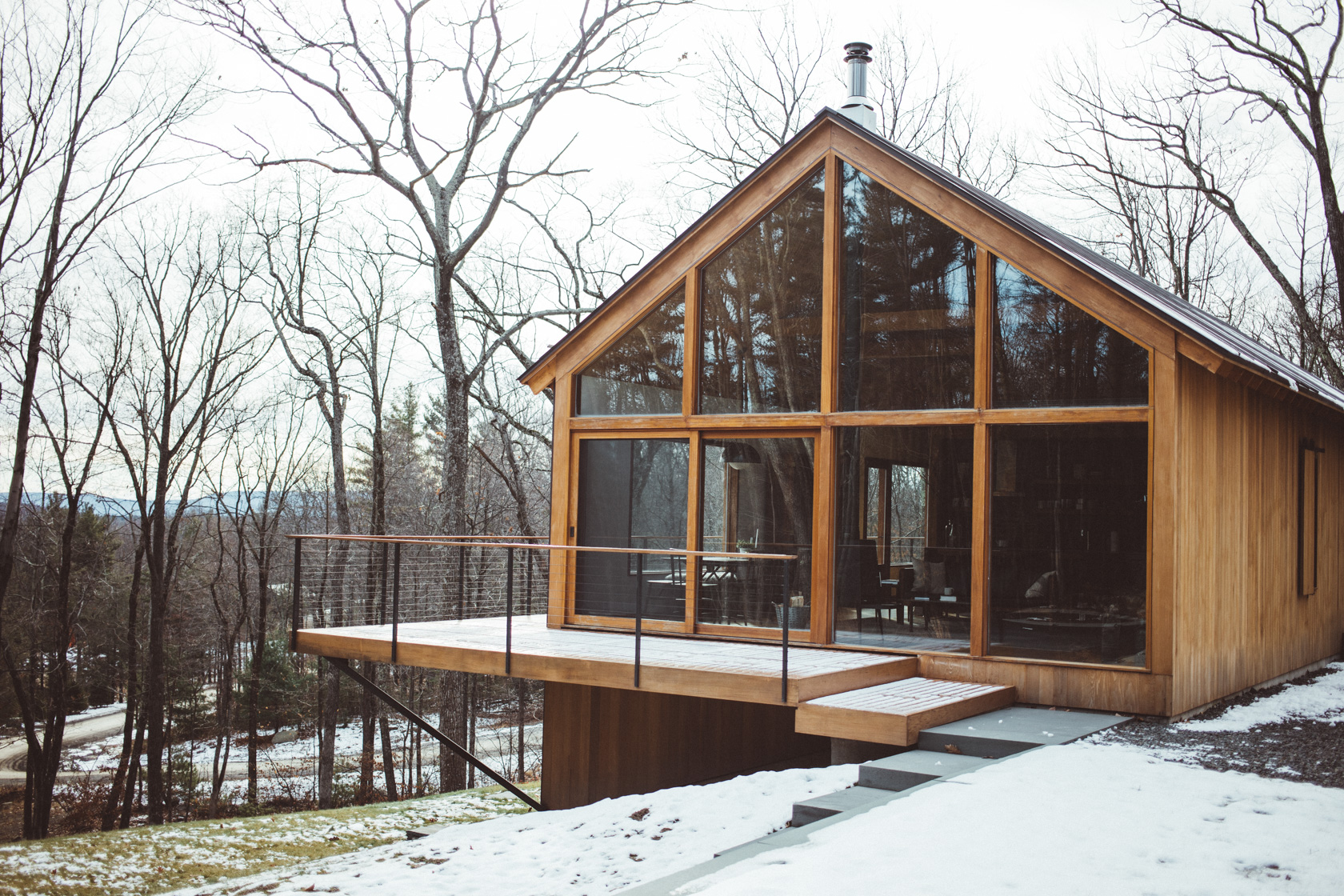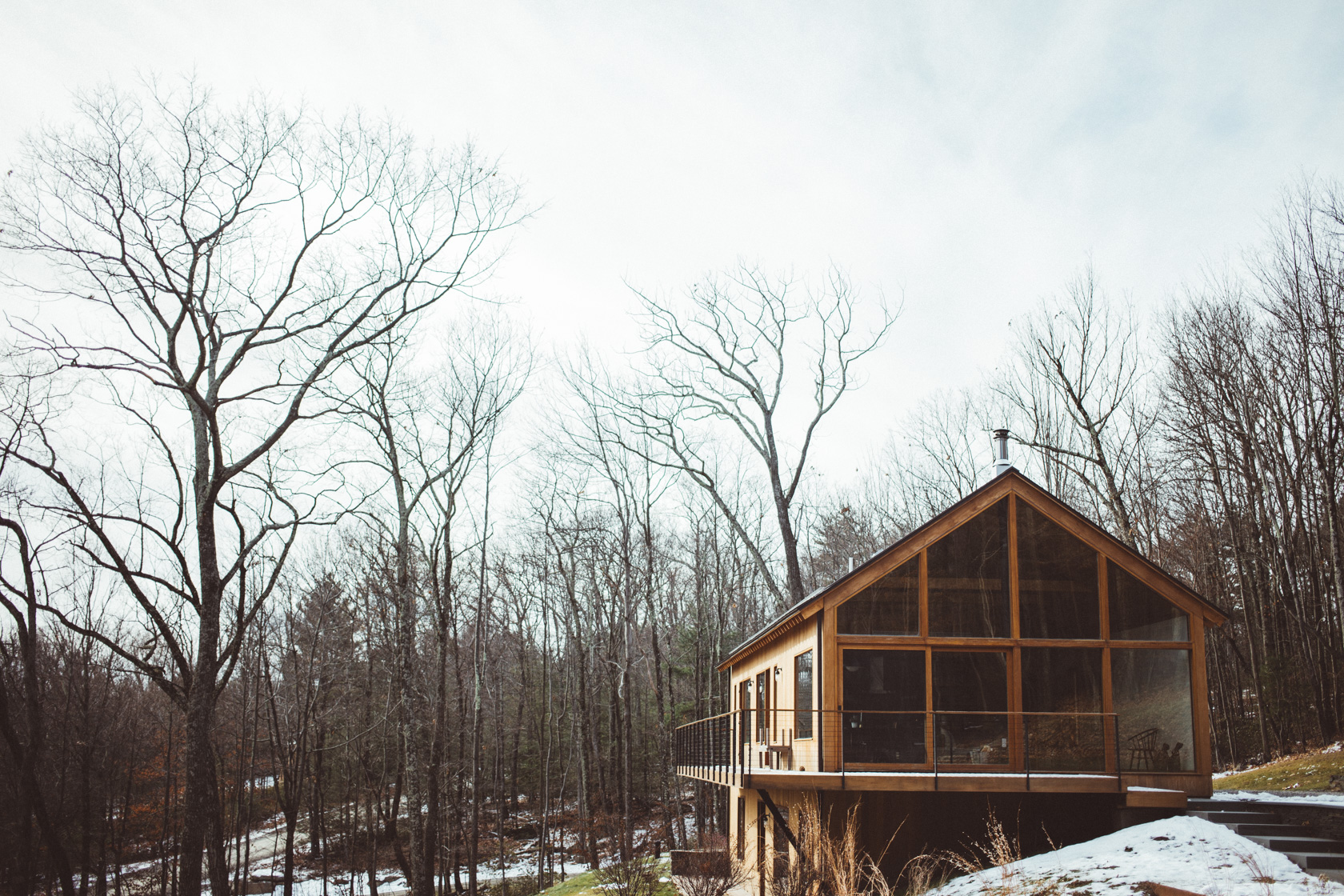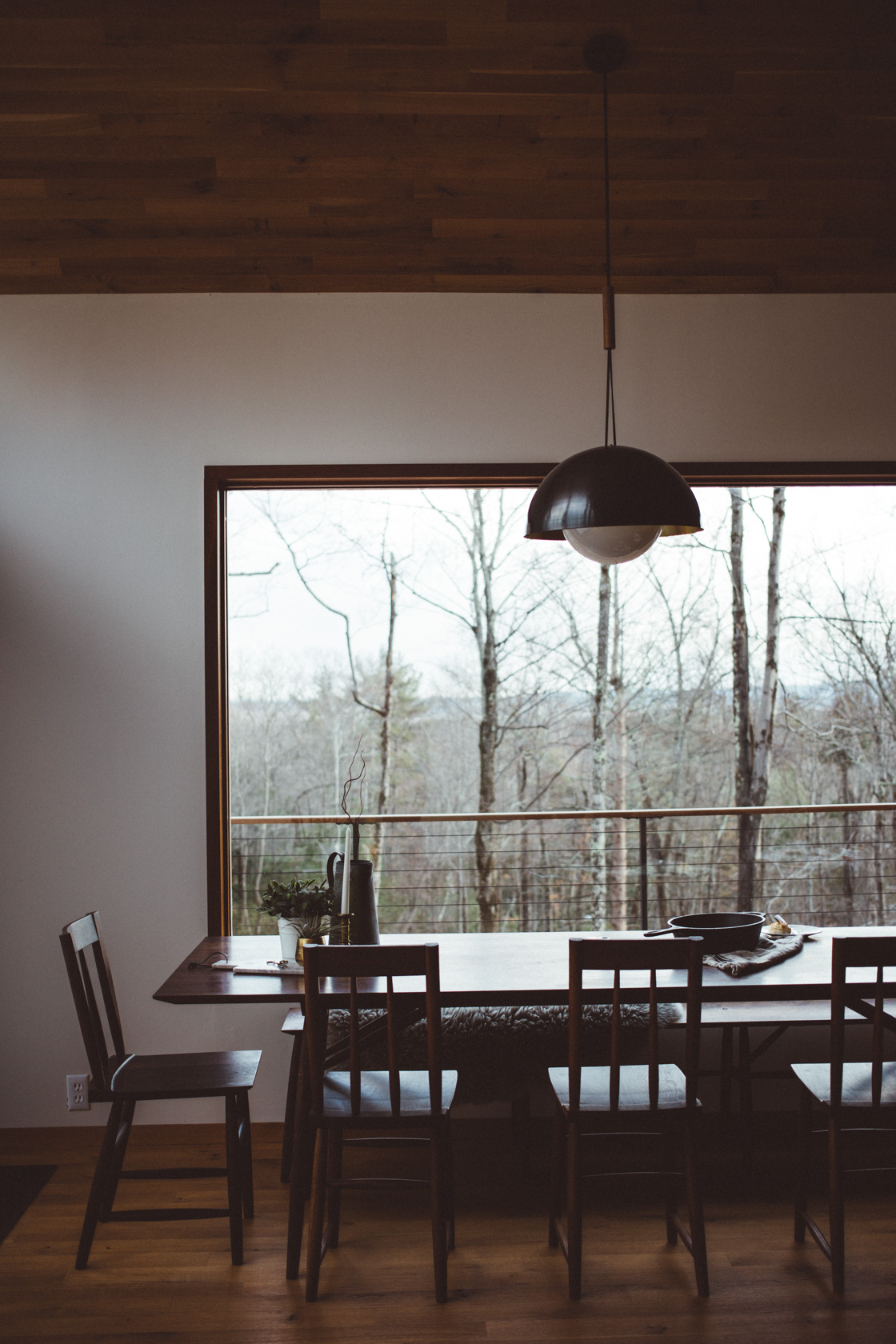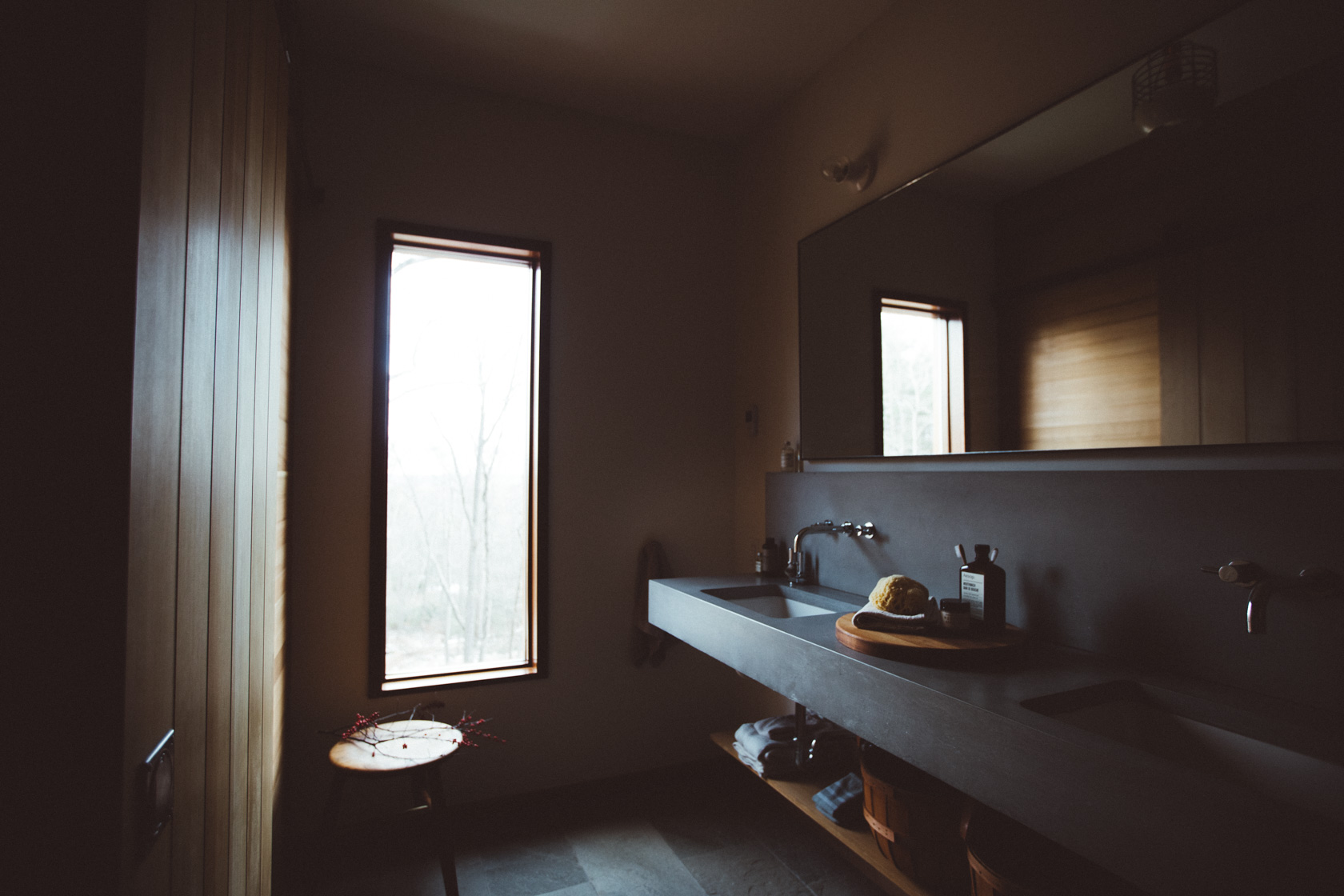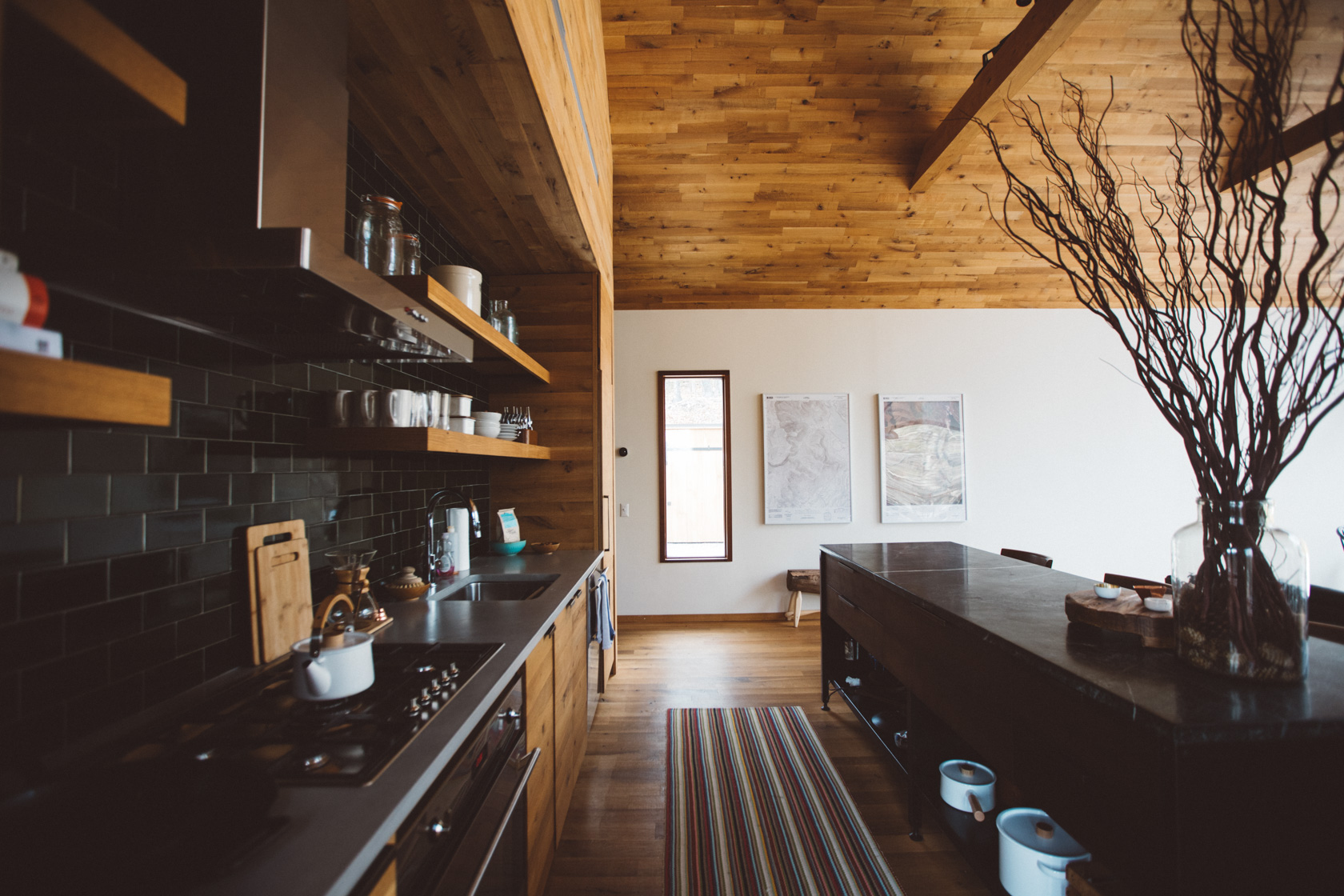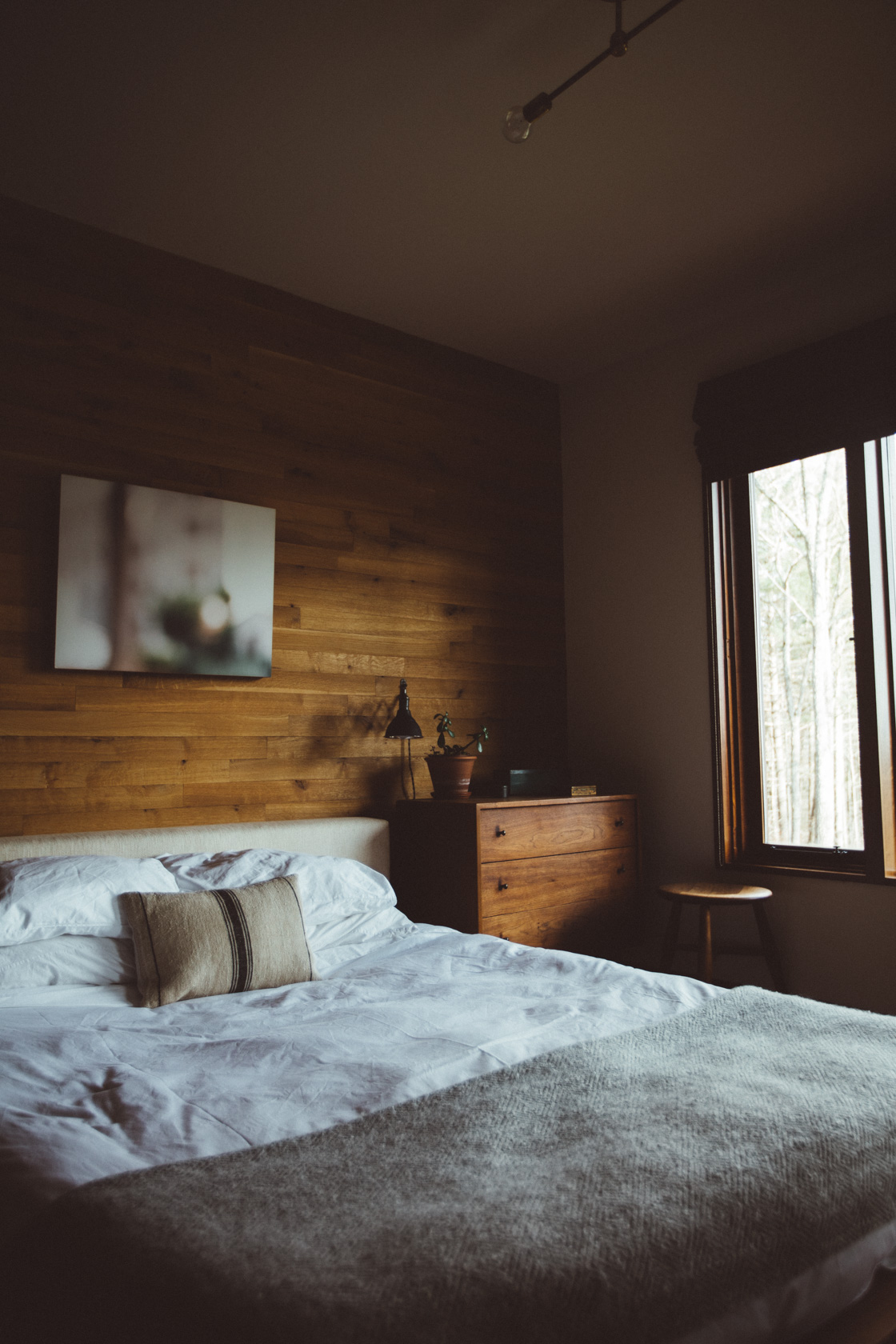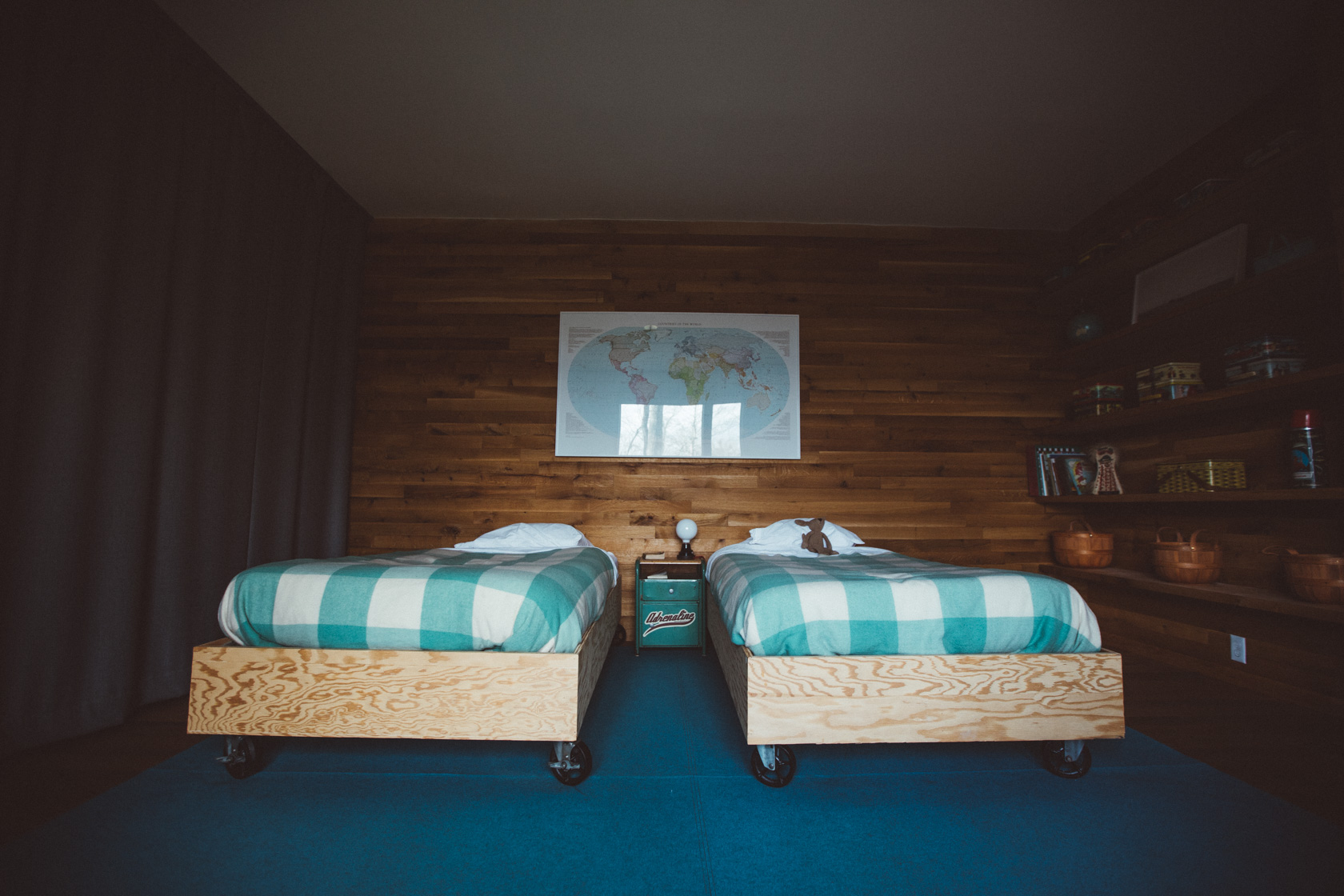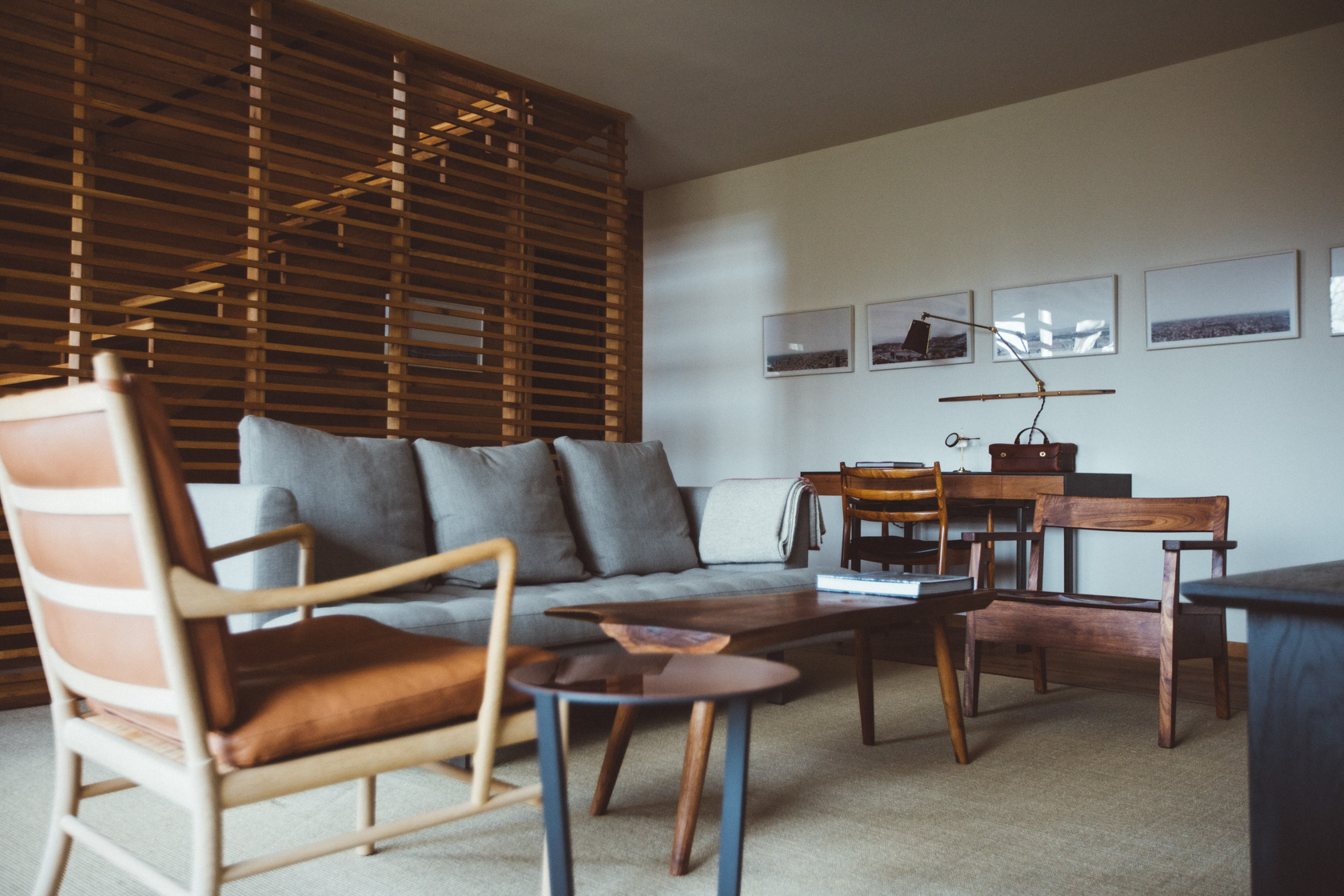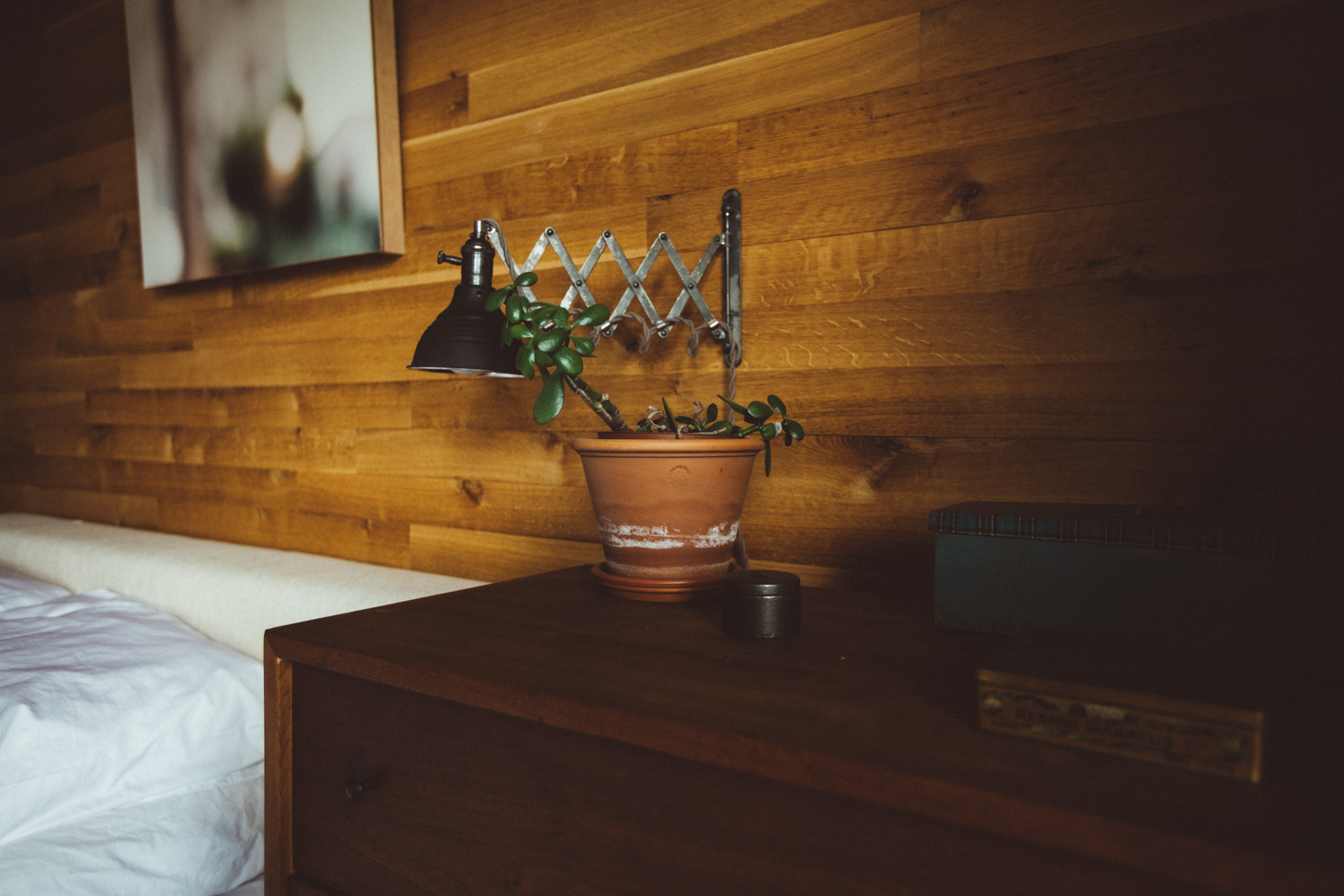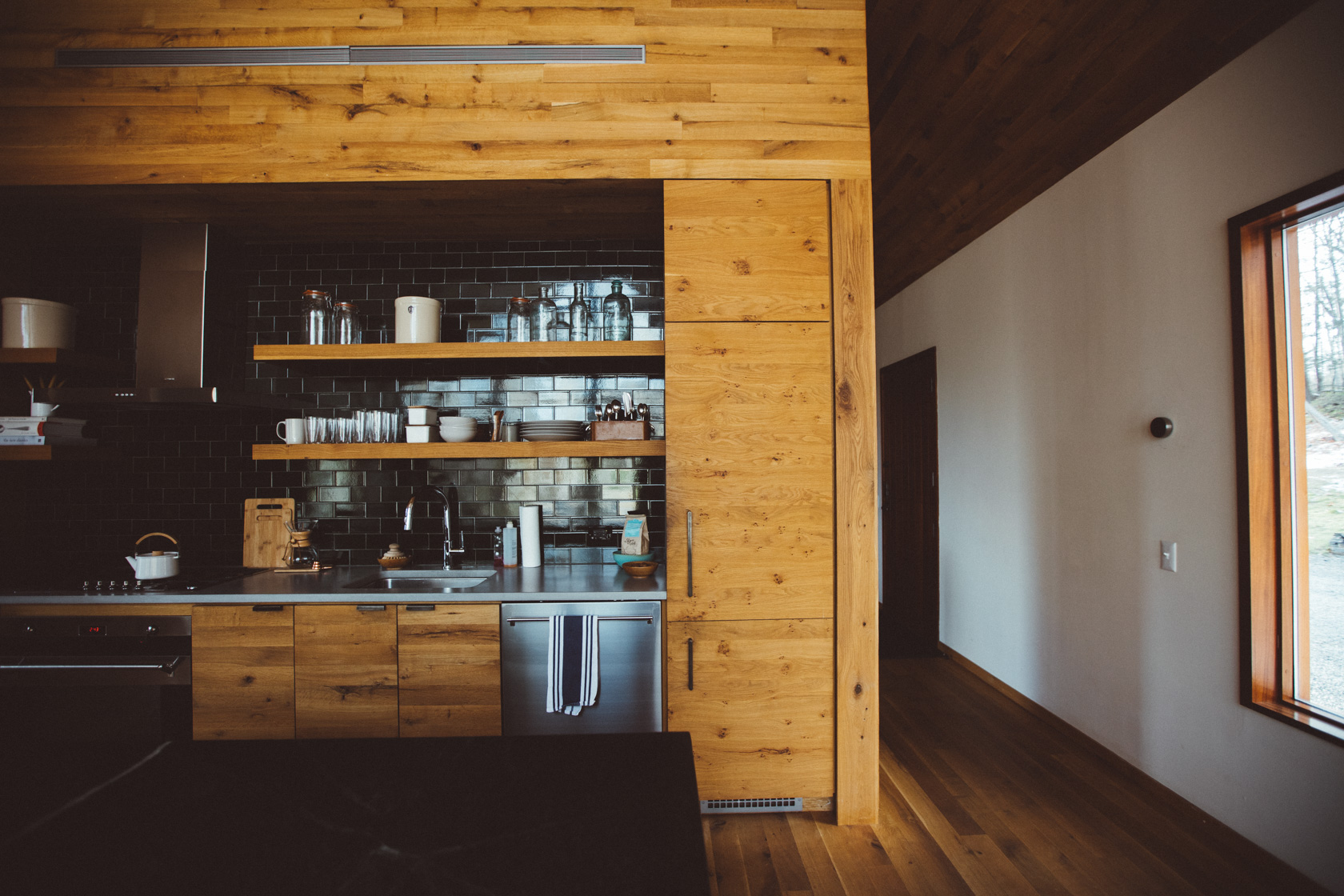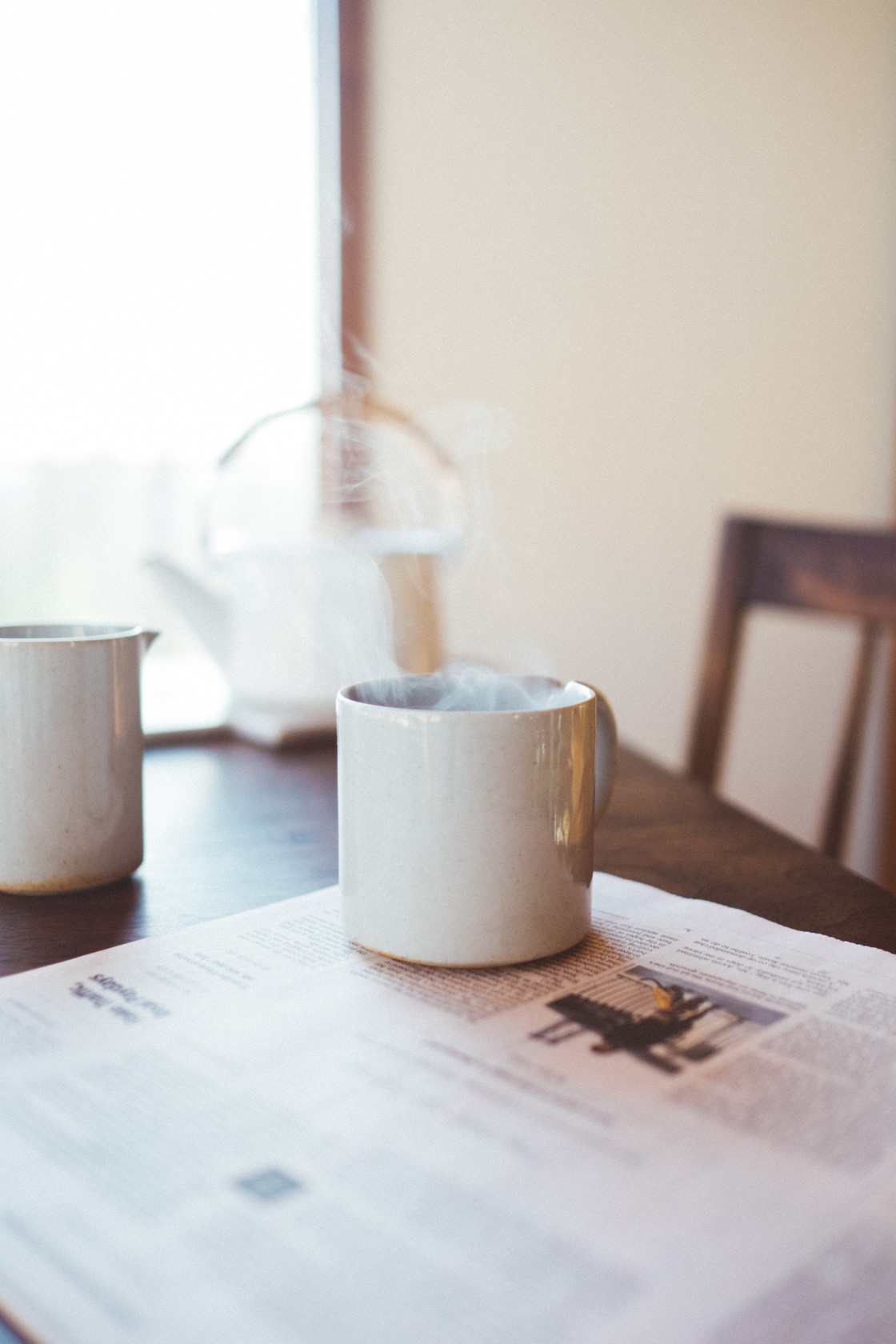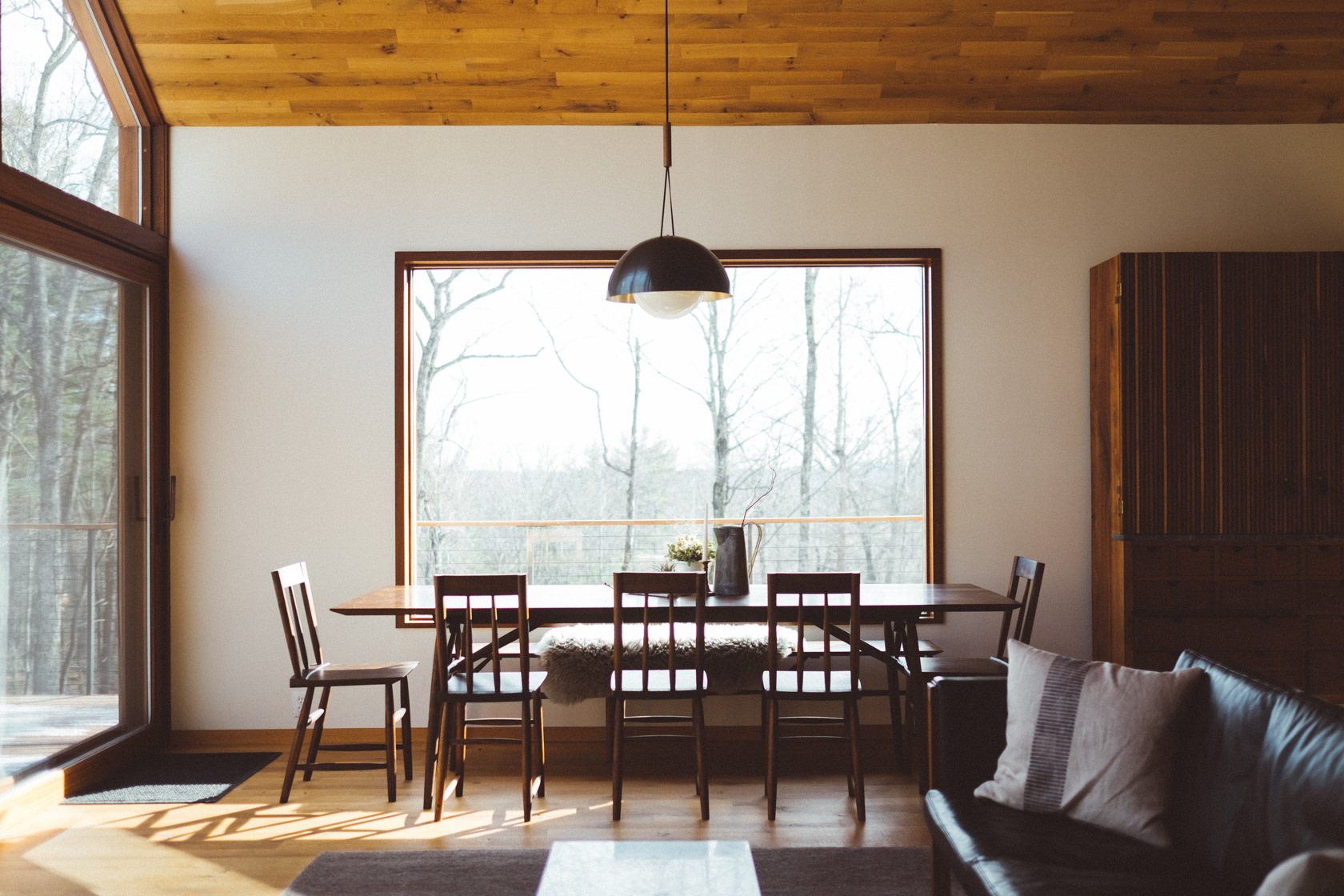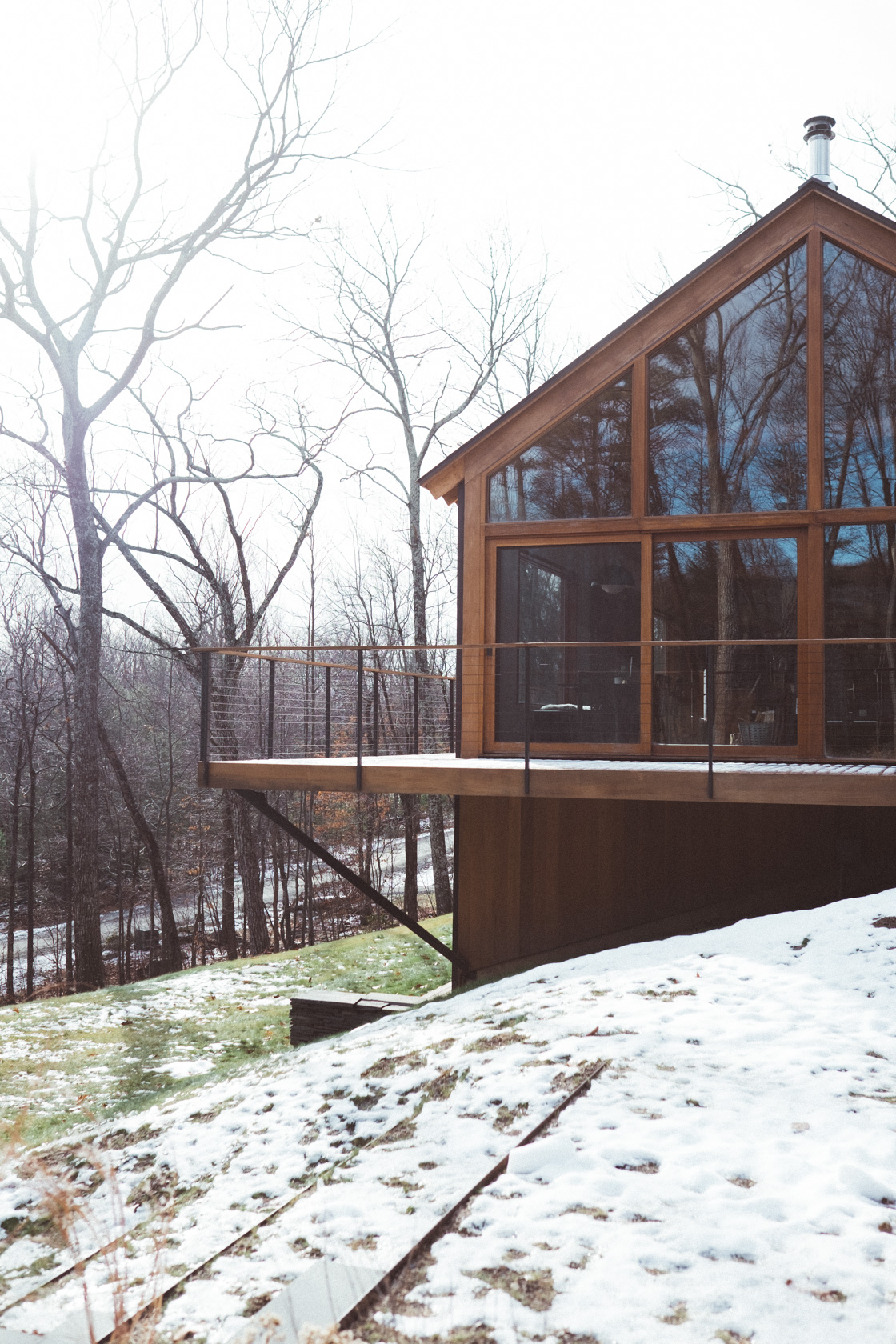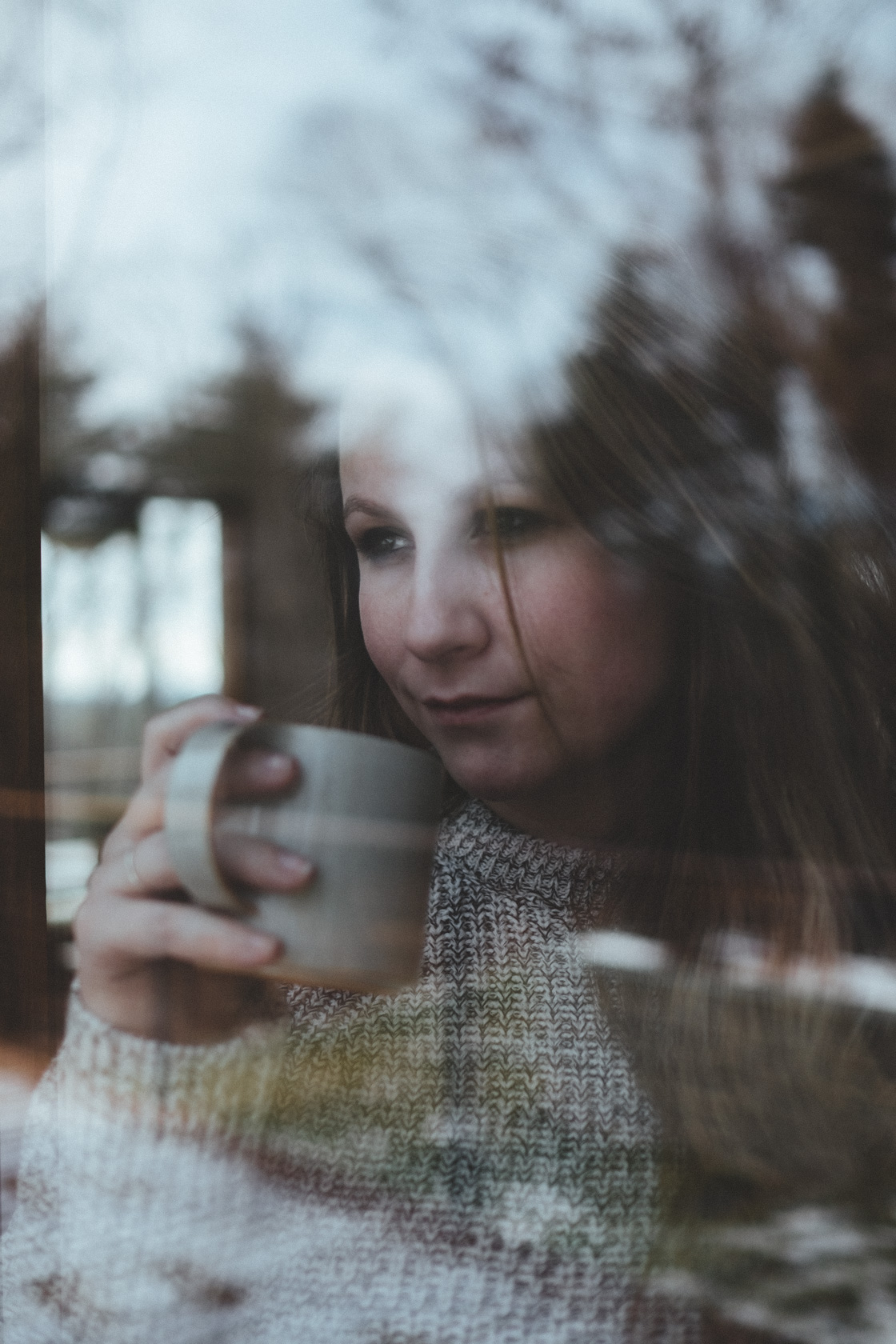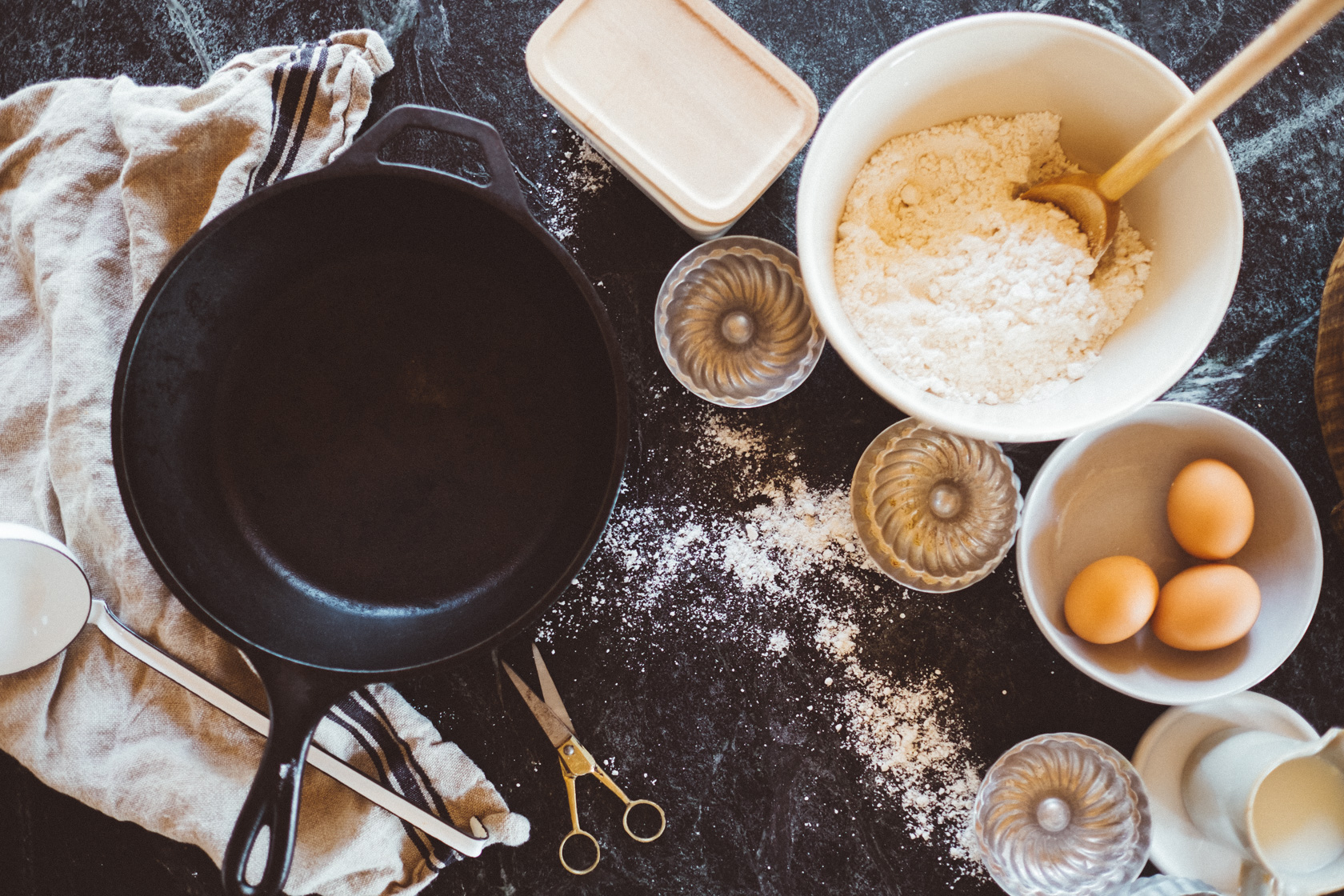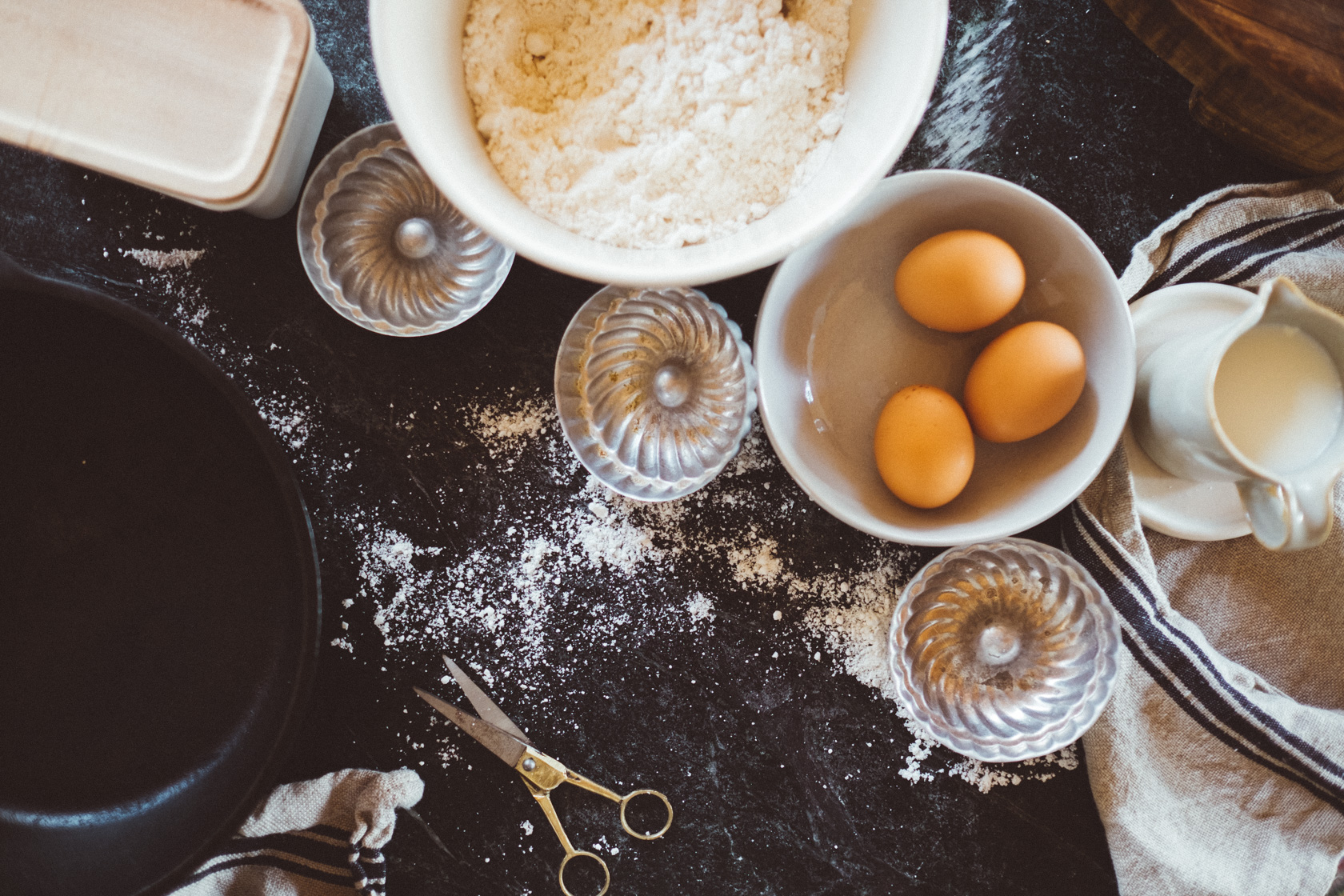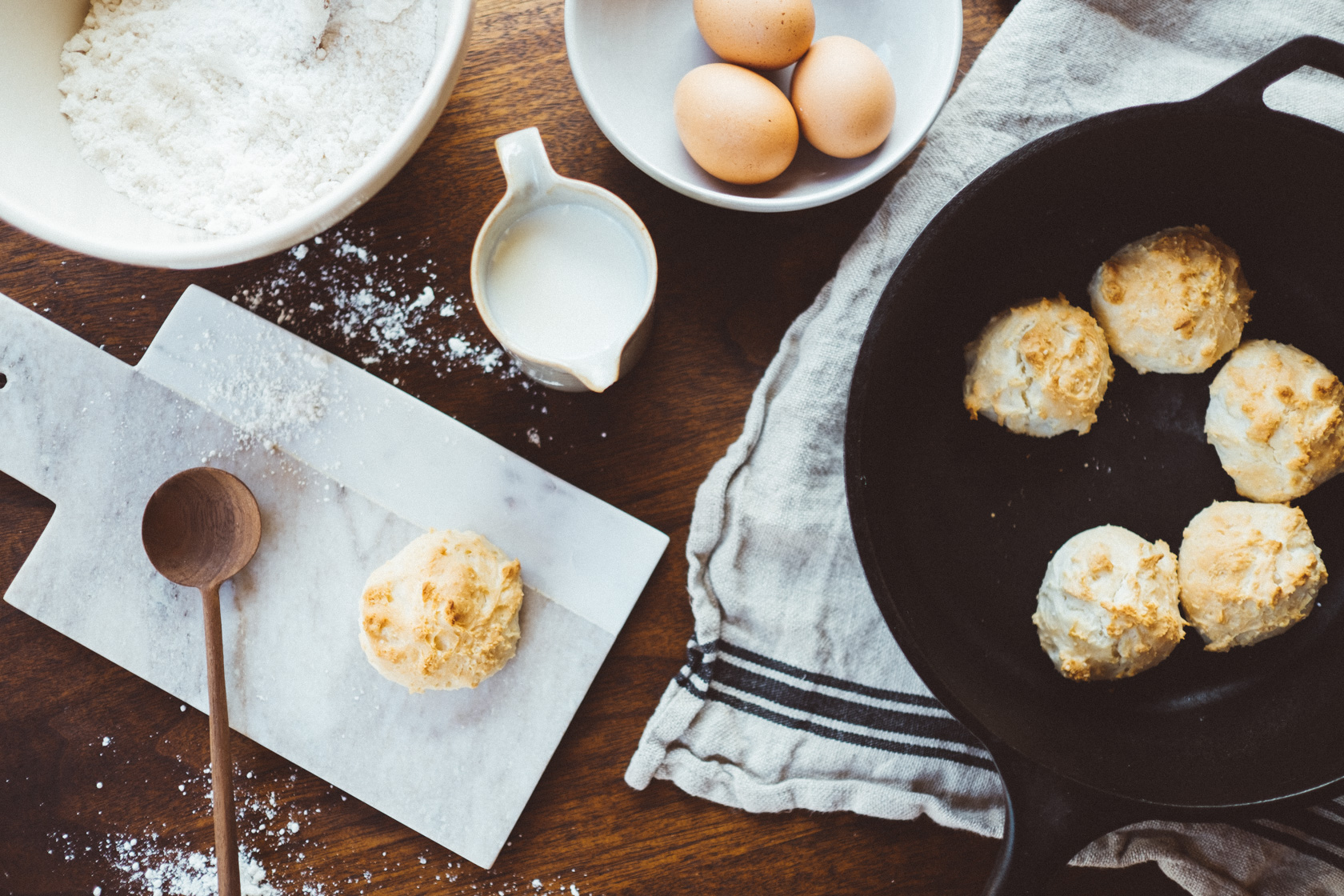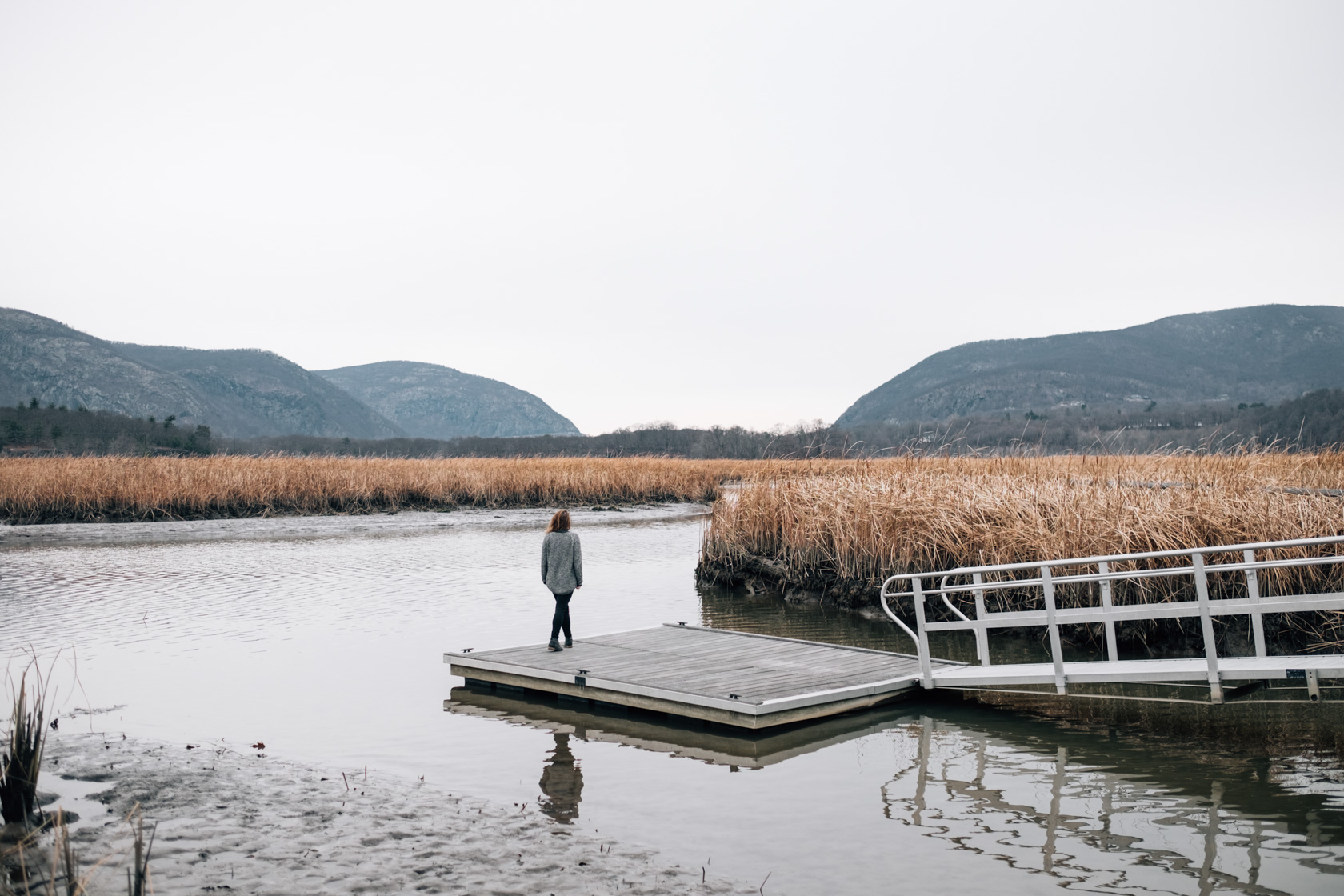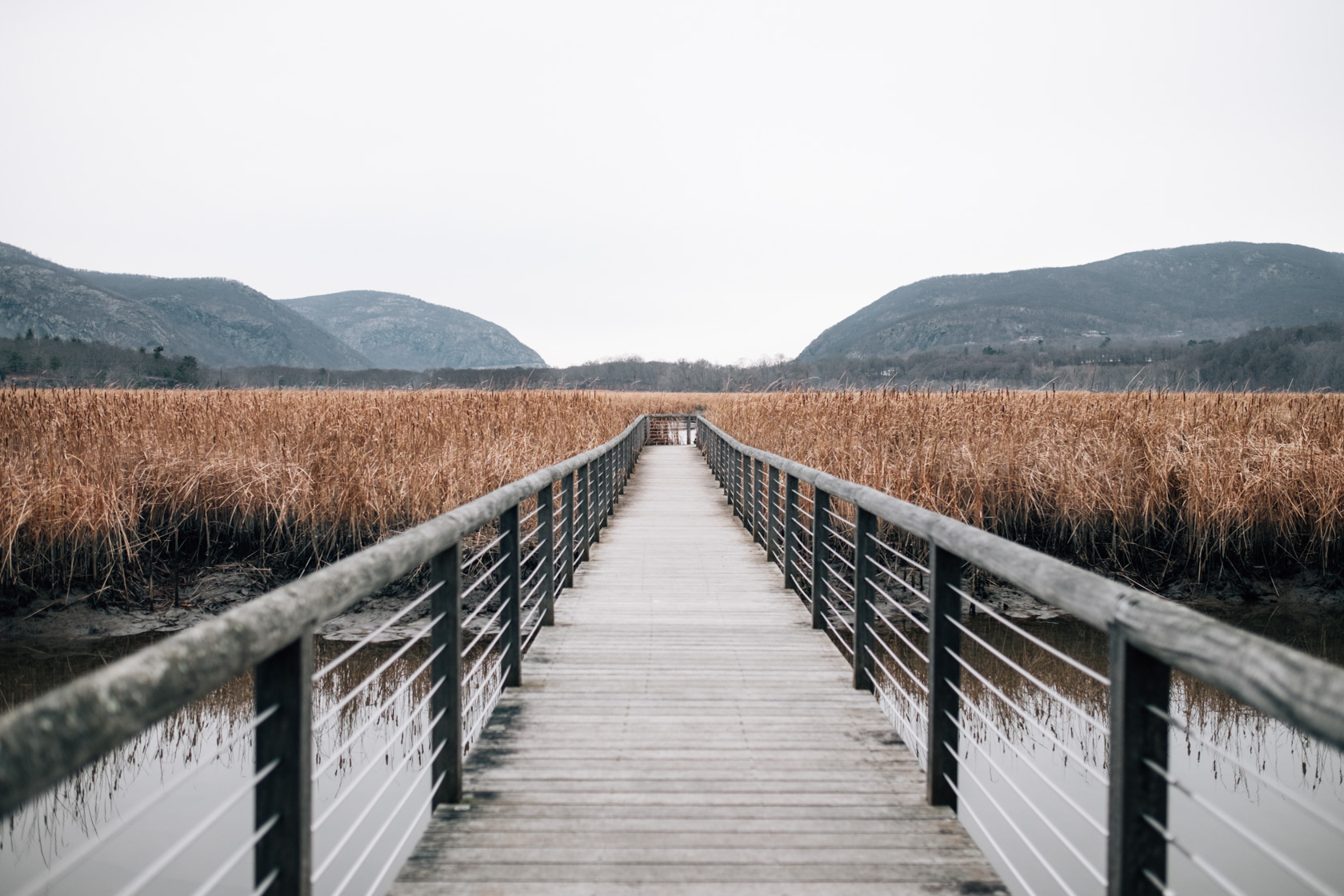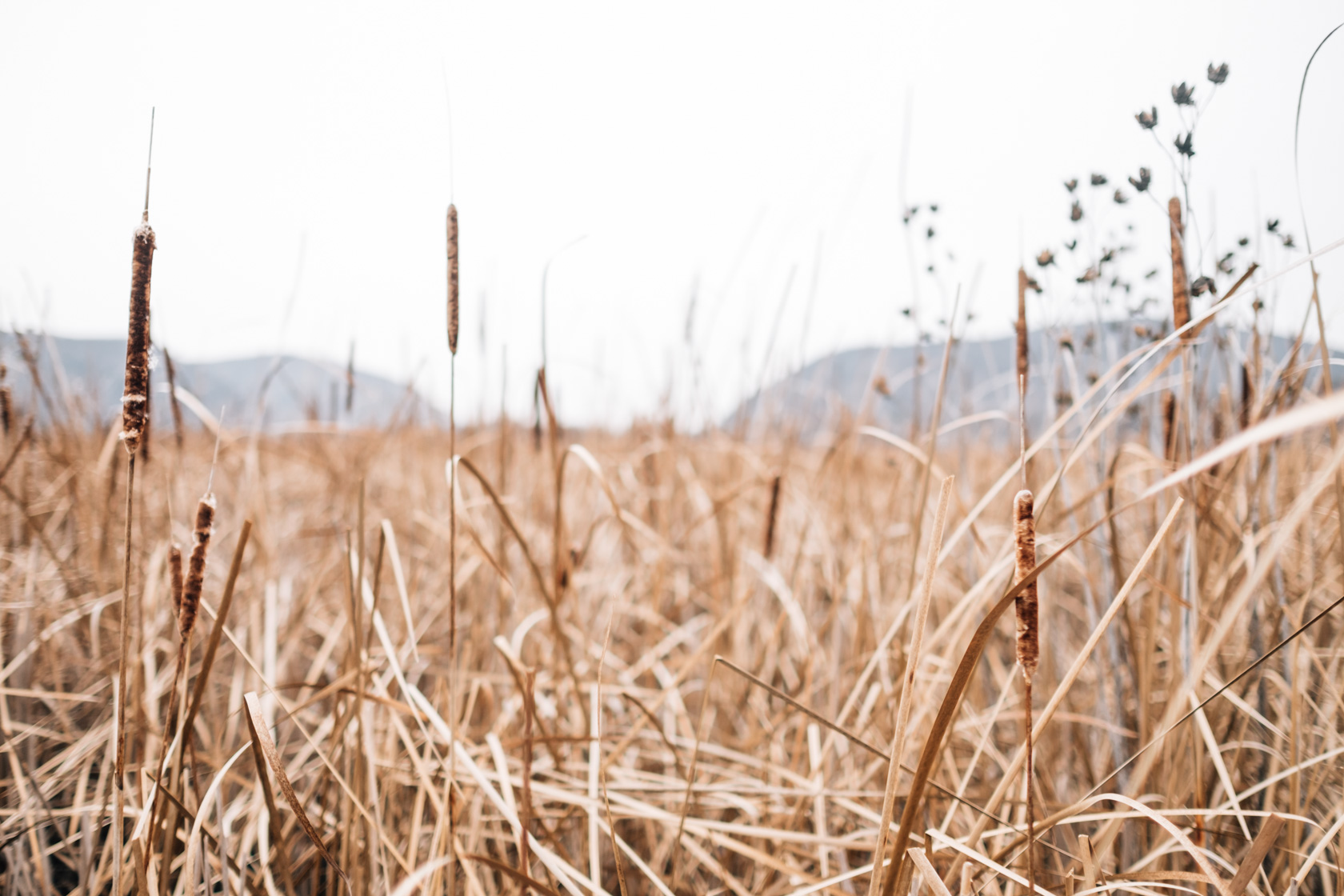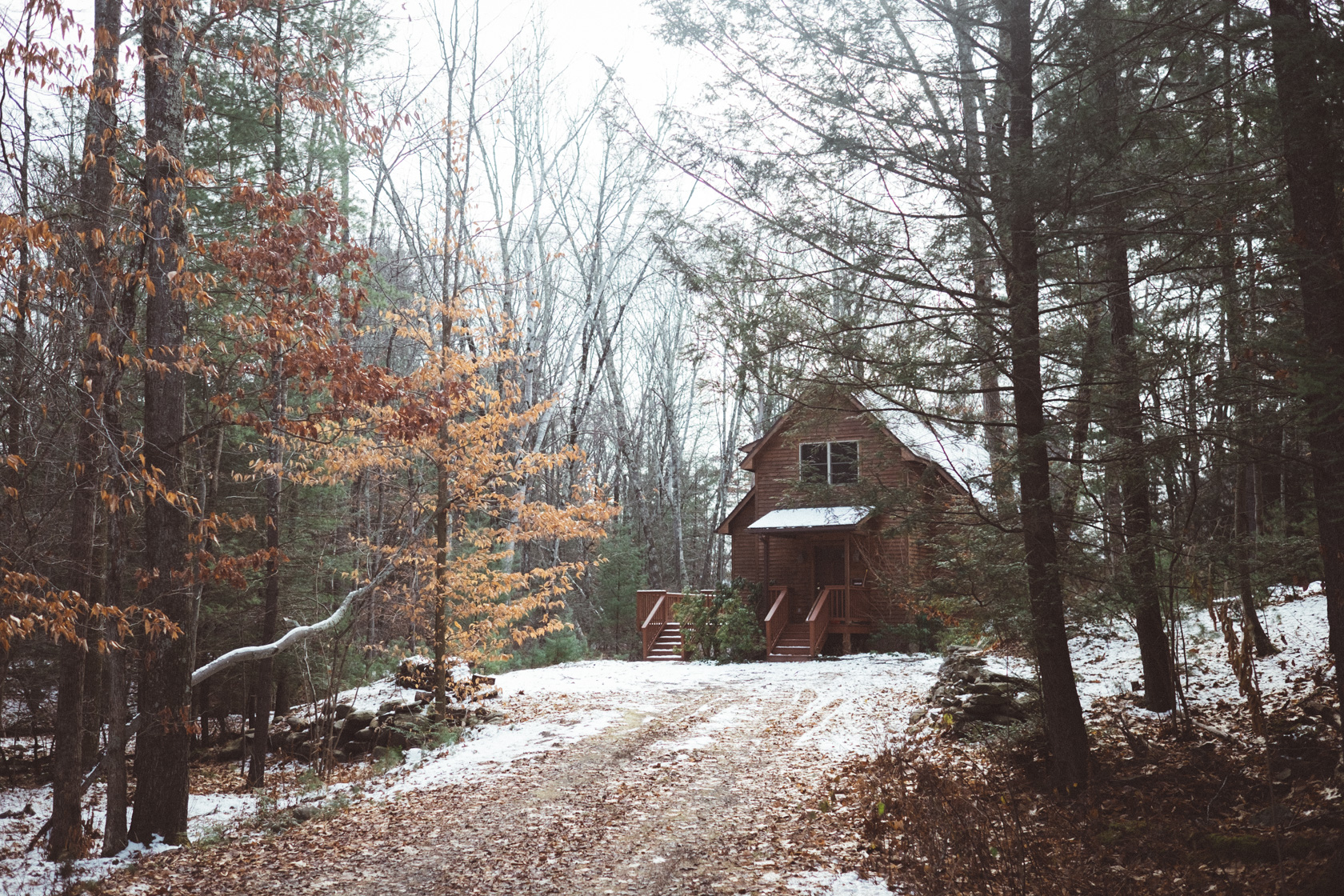Beautiful Vulnerability: An Interview with Ann Marie Amick
Guest User
Ann Marie Amick is a photographer and painter based in Brooklyn. Her curls are full of secrets and she was able to share a few about her craft with us. This brilliant artist takes photographs that each one of us can relate with. While you read about her development and exploration as a photographer, ponder on her art and see the ways in which you can connect with her photos.
Christophe: When did you first become interested in photography?
Ann Marie: I have found myself interested in photography throughout my entire life. I grew up around cameras and photography, due to my father's love of both. The sound of a Polaroid camera shutter is a constant memory-stirrer for me. However, when I was 19 I found myself more curious about photography and sought out my father's advice regarding how to get started. He pulled out his 1976 Olympus OM-10, ran me through the basics of exposure, aperture, and the rule of thirds, and sent me on my way. That's where my love affair with film began, which eventually led to me pursuing photography more passionately.
She always conveyed the importance that regardless of if someone else has conveyed this story via camera, no one has told it in my own voice, and it's a voice worth being heard. Over time I have learned different aspects from photography from fellow photographers, and I consider photography to be an ongoing creative adventure where I'm constantly learning new things.
C: Were you self-taught or did you learn in school/from a mentor?
A: A collection of people assisted me with my photography knowledge. My father led me through my first year of learning 35mm film, understanding the basics of photography and finding what inspired me. A very dear friend, whom I consider to be my mentor, led me into my next stage of learning, which included understanding what I wanted to convey with photography. She taught me the importance of telling a story, but making the story my own.
C: How did you develop your style?
A: I developed my style through a great amount of trial and error. If I was curious about something, I would attempt to photograph it. I essentially hold the majority of my creative ideas with an open hand, i.e., I don't get too attached to ideas. If I have a plan for a shoot but I find my creativity leading me in another direction, I'll go with it. This is how I finally found myself working on form studies and photographing the nude form. Curiosity led me to something that I developed a great passion for photographing. I am continually seeking to challenge myself with different aspects of learning photography and how to push myself forward, so I feel that my style will continue to grow and change as time goes on.
C: What themes do you explore through your work?
A: I'm passionate about exploring connections, vulnerability and sexuality within my work. I choose to photograph nudes because it inherently either connects a person to an image or offends a person.
Either way, I have found that it causes a person to think about the image set before them. I have always said that if you hate the work I create, I've at least made you think enough to decide that you dislike it. In thinking about it, you've connected to it in some way, whether it is a positive or negative connection. I always enjoy exploring both subtle and overt sexuality within my work. Within the last year I have had the opportunity to study and photograph the male form more than previously in my photography career, which has brought about a great deal of learning and challenges.
I've seen an array of different responses to my work now that I've included the male form as well, and it's been interesting to see the change in people's approach to my work.
C: How do you find and choose you subjects or locations?
A: When I initially began to photograph the nude form, I would ask any friend that was willing to sit for me. As I began to study the human form more and more, I began to search for different types of bodies and different physical qualities that would stand out within a photograph. The majority of subjects I photograph I've met through fellow artists or models, however recently I've been working with a number of models whom have reached out to me upon discovering my work via my website or Instagram.
C: What inspires your work?
A: I have always said that individuals and their stories inspire the work that I create. I prefer portraits that subjects along with the general public can relate to. I prefer a casual atmosphere where I'm working alongside my subjects and models and the whole process feels more like a collaboration than anything else. I like to create portraits where the subject sees themselves within the photo, rather than the portrayal of something outside of themselves. The human form in and of itself is my biggest inspiration. Every single human body is different, moves different and has a different story to tell. The male form is wildly different from the female form in the realm of muscle structures, movement and lines. The challenge of using the human body to tell a story through movement that is both relatable and inspiring continues to be one of my main goals for creating.
C: How do you compose an image? Do you go into the shoot with a specific shot in mind, or does the inspiration strike when you place your model in the setting?
A: When I initially meet with a model in order to discuss a shoot, I always say that I hold all of my shoots with an "open hand." I approach the majority of my shoots with an outline and an idea of specifics shots that I would like to get. However, if the vibe of the shoot moves in a different direction or I'm feeling inspired, I really enjoy following any creative leads that I feel. I find that this kind of organic yet still organized creativity is both wildly enjoyable and creates magical things.
C: What has been your biggest lesson learned through creating your art?
A: The most important lesson that I've learned through creating so far is to trust my intuition and take chances. I've learned that even when I take a chance creatively and it doesn't work out the way I hoped it would, something was learned from the experience. I've had a few shoots which I've considered failures - even the negative emotions associated with it were a healthy reminder that things don't always work out, but it should not deter me from continuing to create. On the other hand, I've taken creative chances and created images that were not even something I intended to, and in these situations I've found even more inspiration.
C: What do you hope your art says to people?
A: I want to create photography that people can relate to. I choose to continue to photograph the nude form because I've found that no matter what people can always relate to the nude form on some level, even if it happens to be in a negative capacity. I want people to be intrigued by the human form, to take a second glance and to ask questions. My favorite portraits continue to be the ones of a slightly ambiguous nature, where people have stated that they're not quite sure what they're looking at. I want to continually create art that people can both relate to and question over time.
It is easy to simply like or dislike something without ever figuring out your reasoning. Ann Marie's art allows for an inner dialogue to meditate emotions and thoughts, whether positive or negative. Humans either connect with vulnerability or push it away; art creates a safe place for exploring the depths of ourselves.
See more of Ann Marie's curls and art at her website and Instagram: @am_amick














